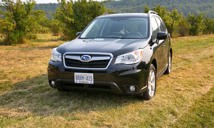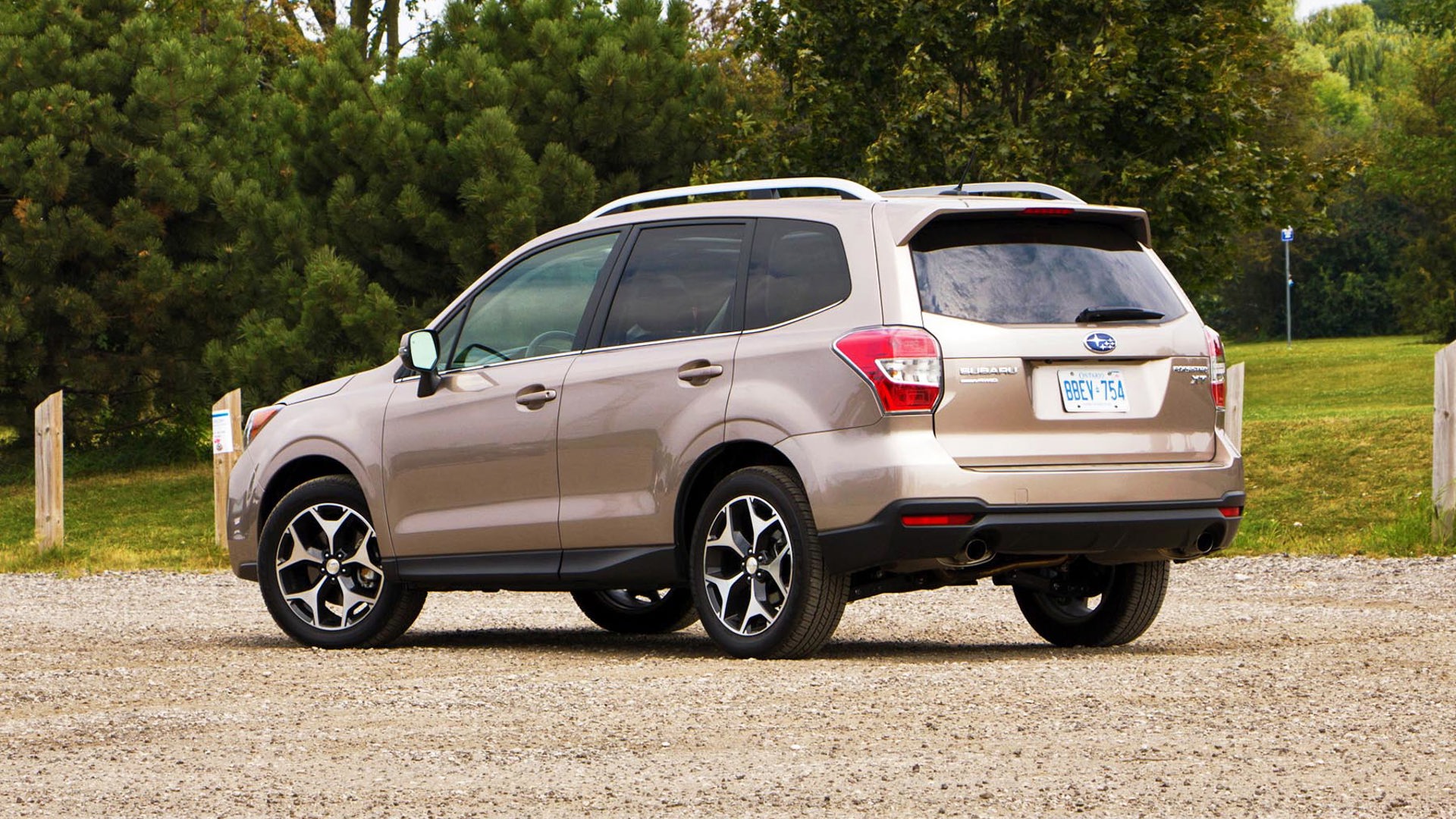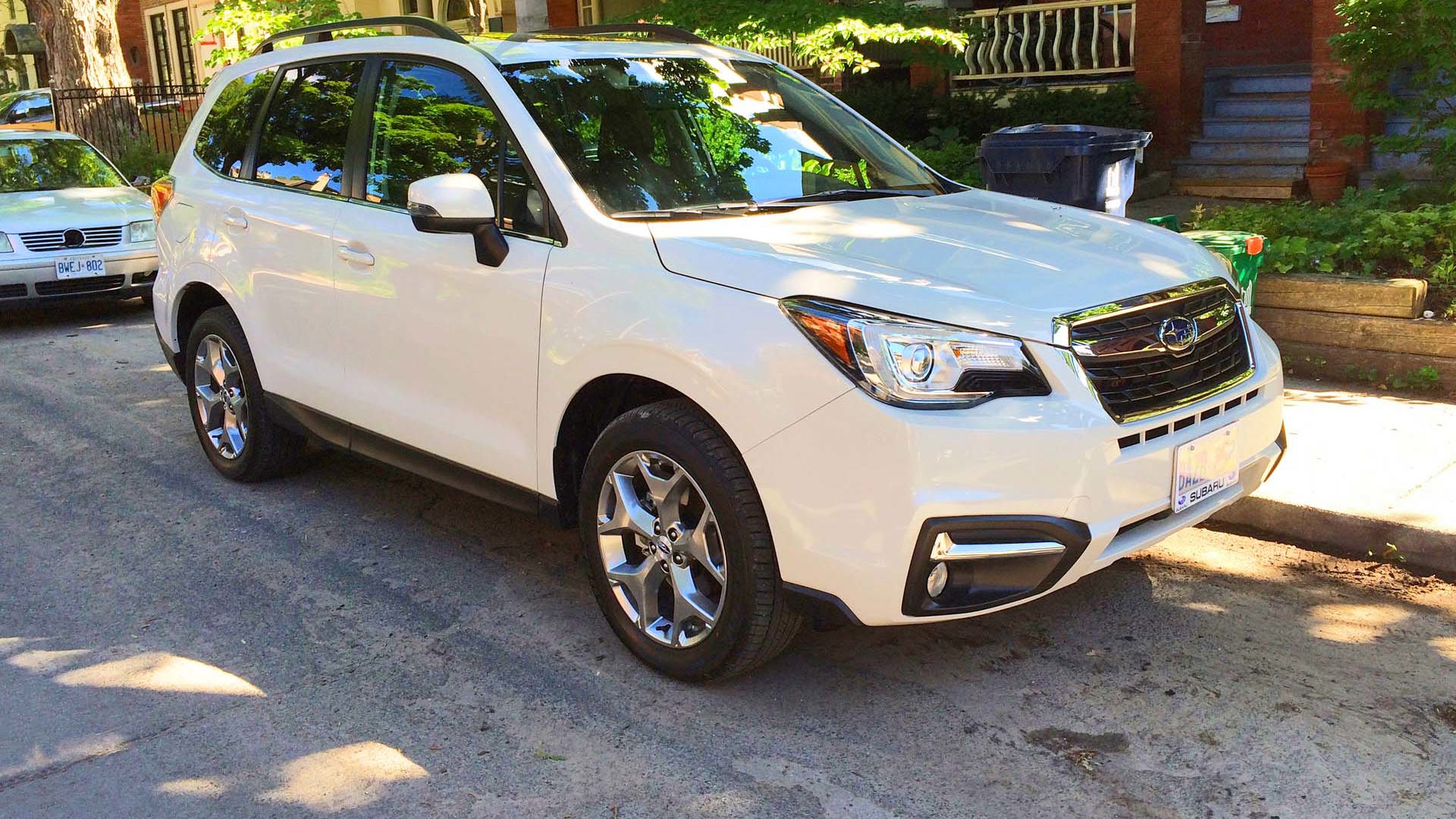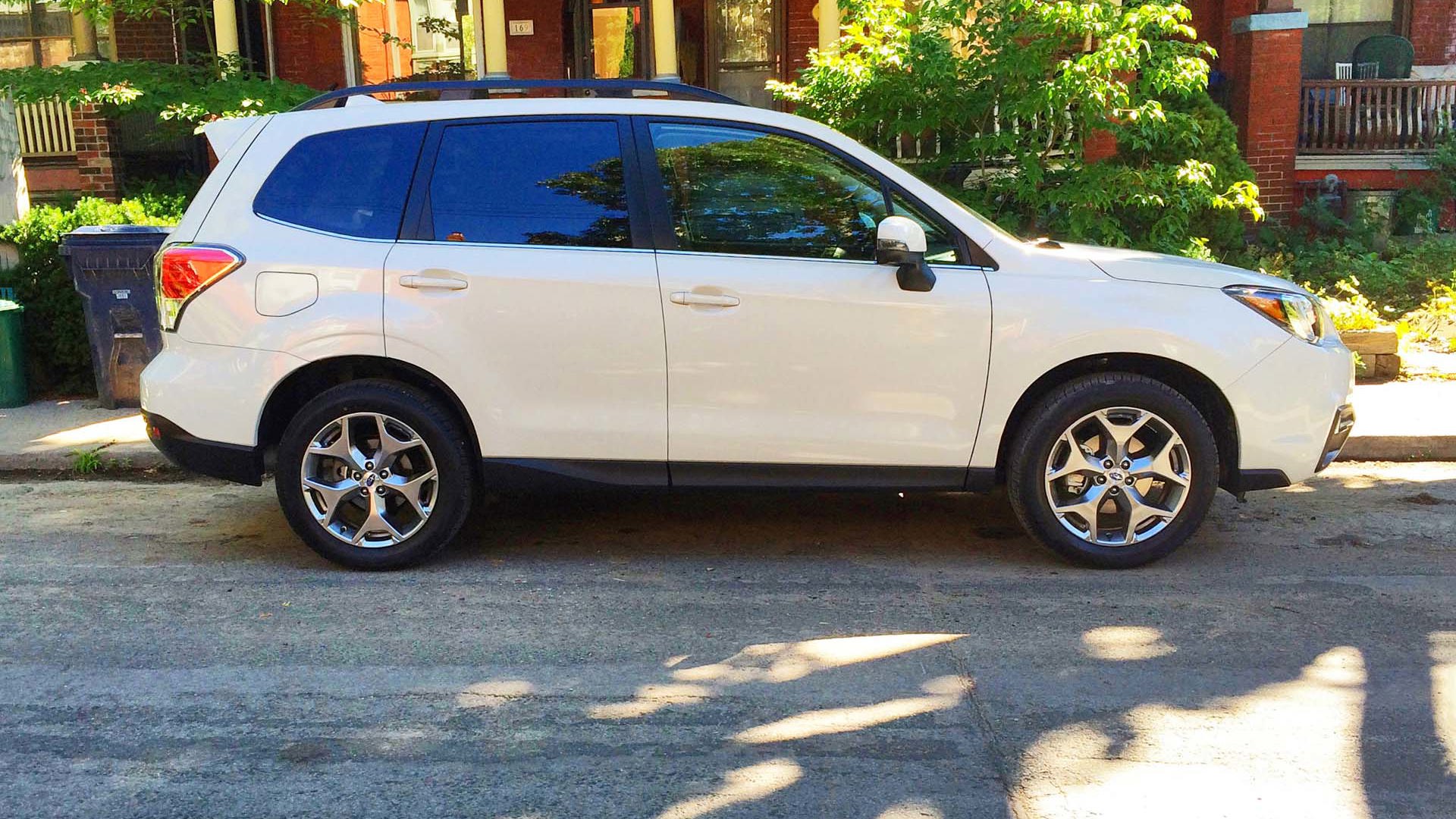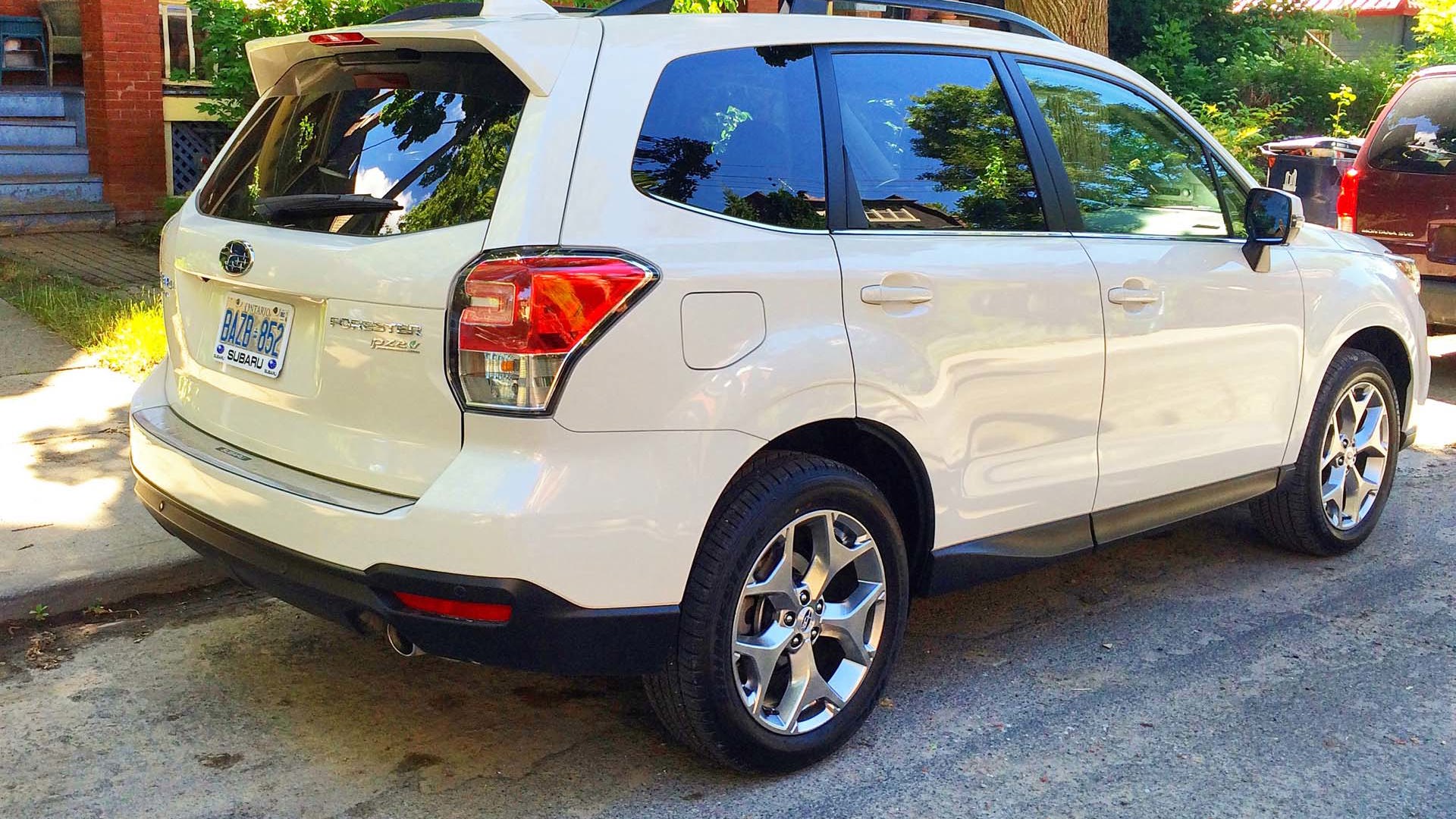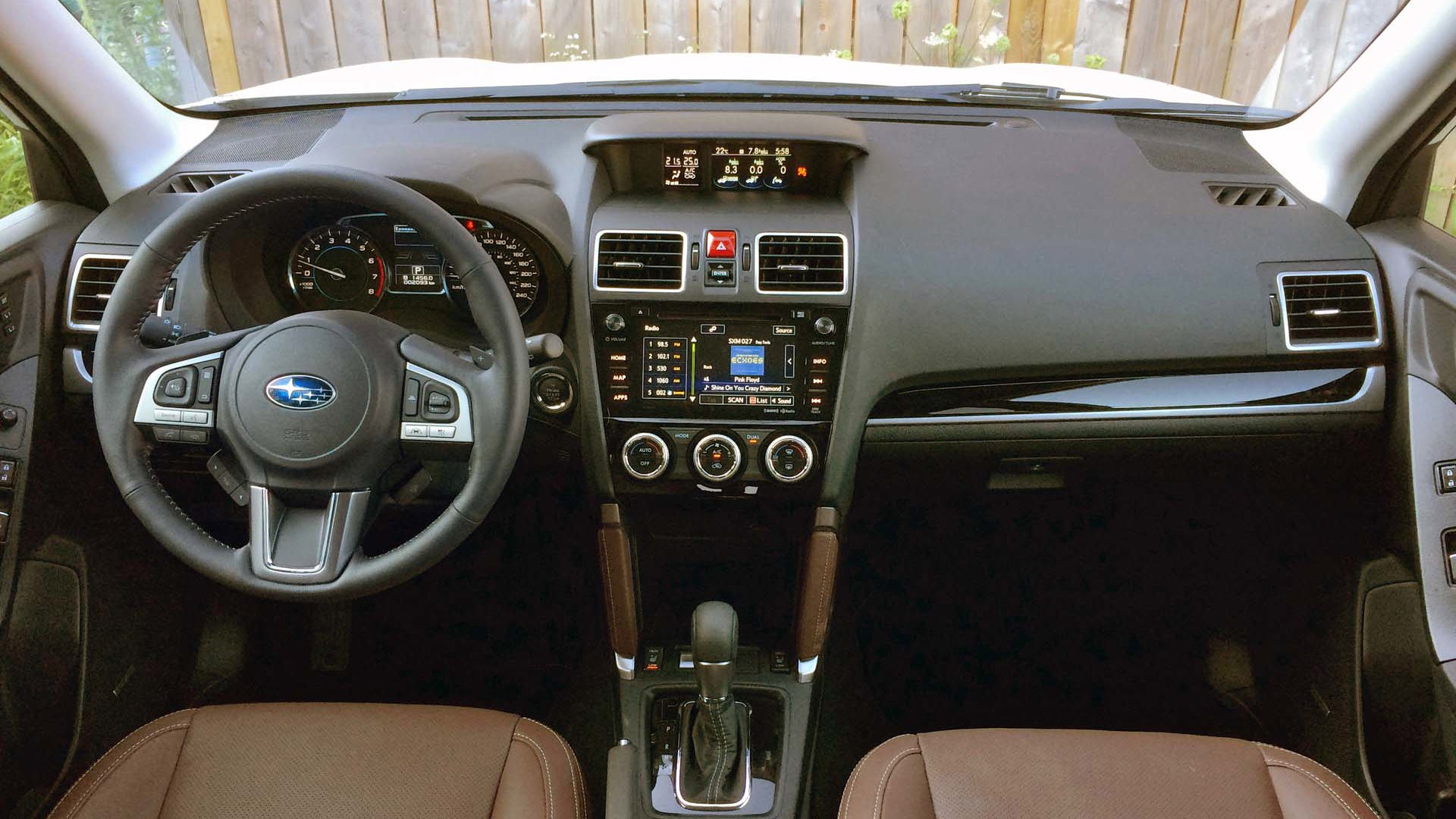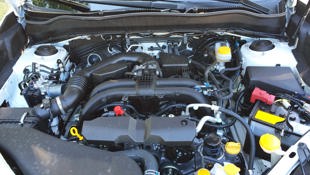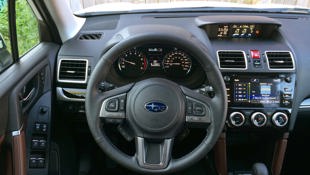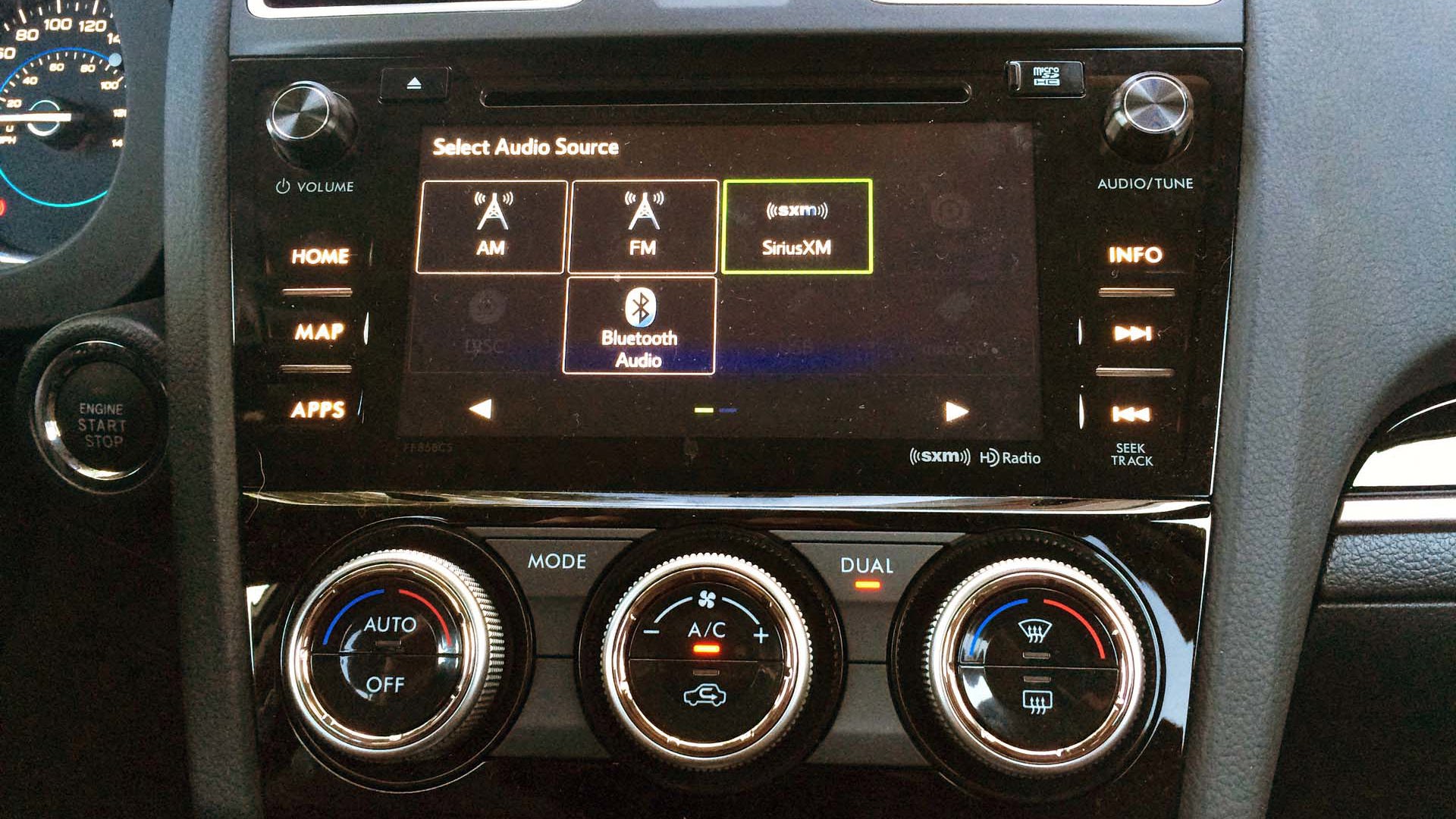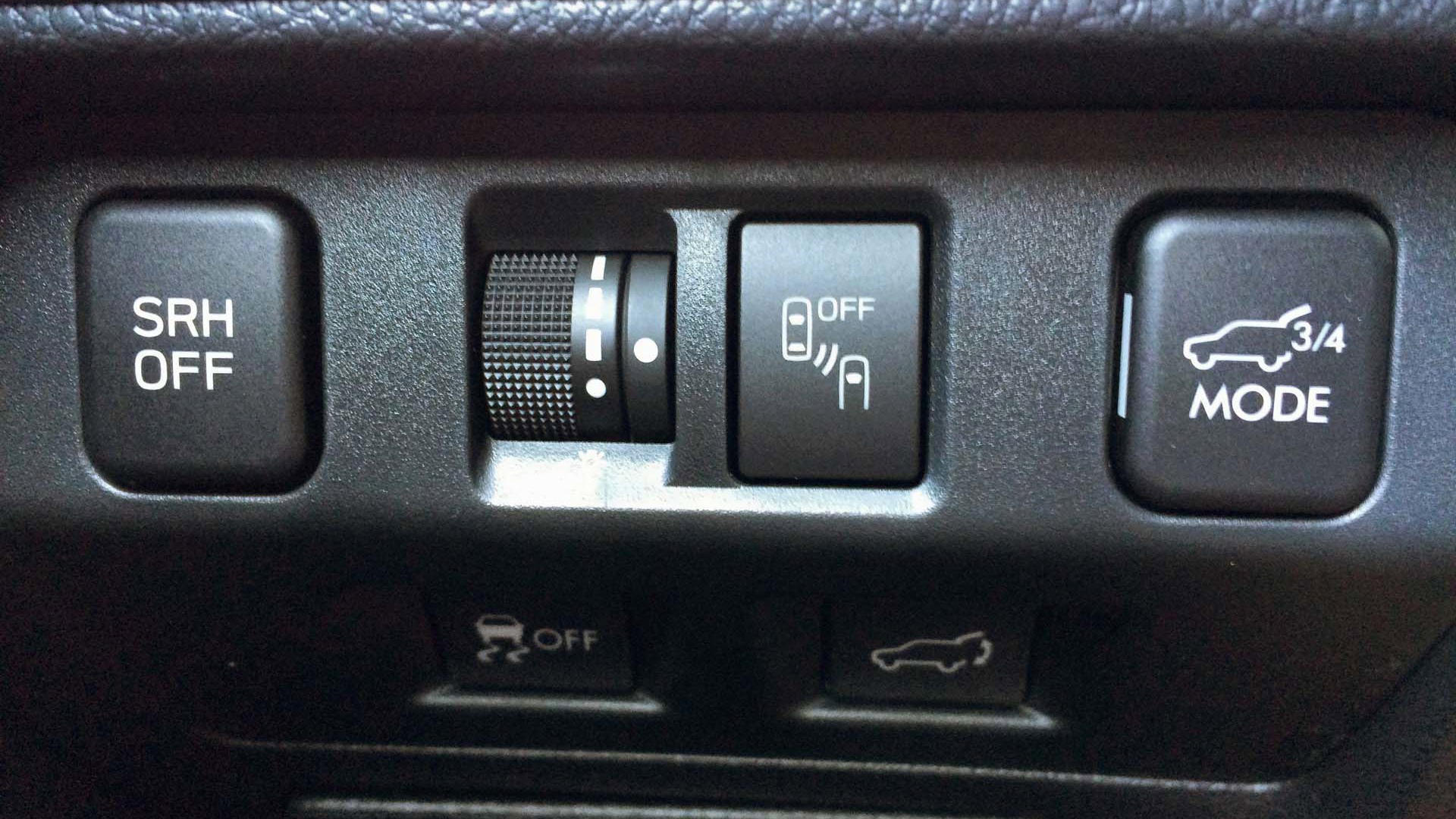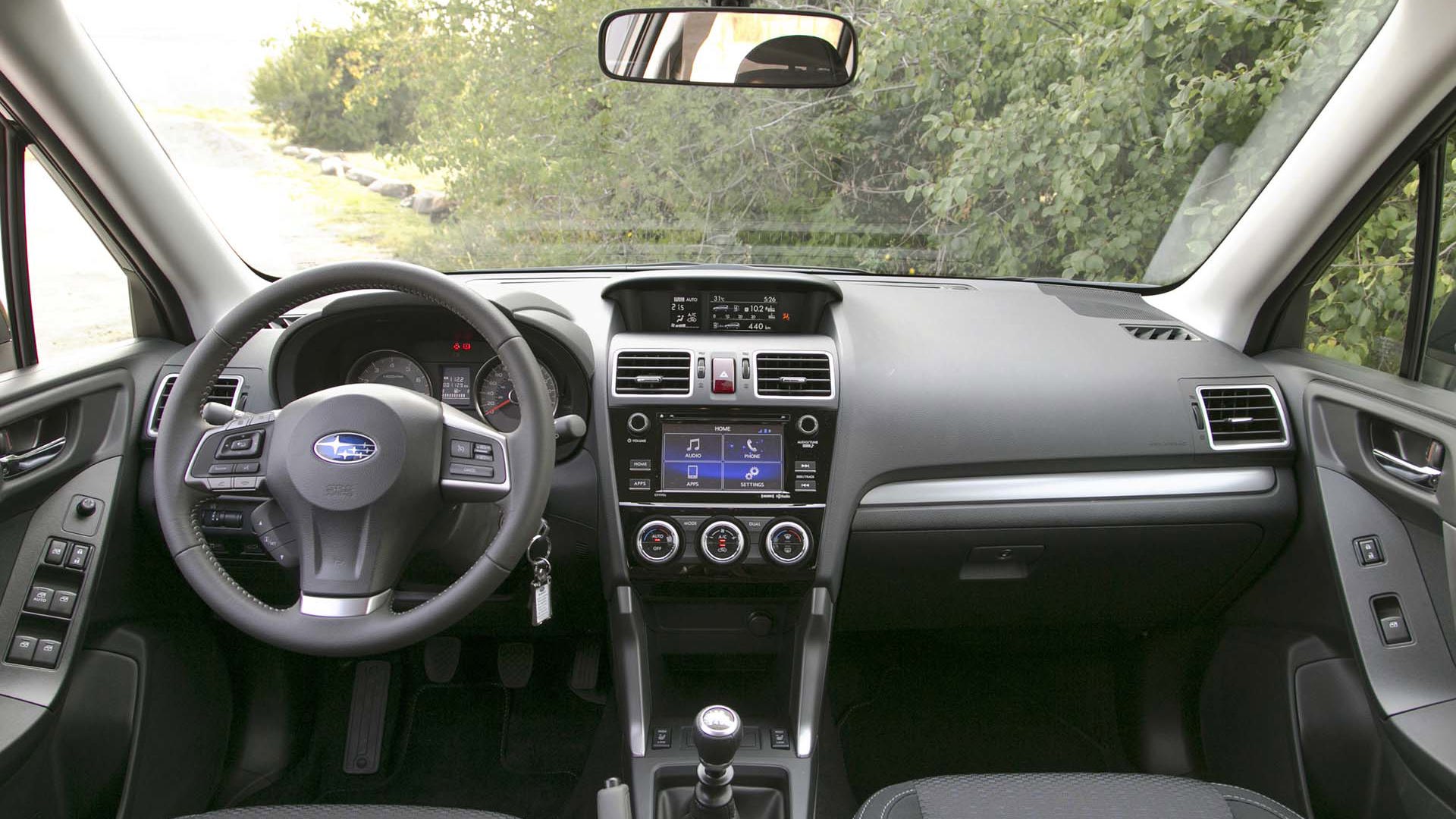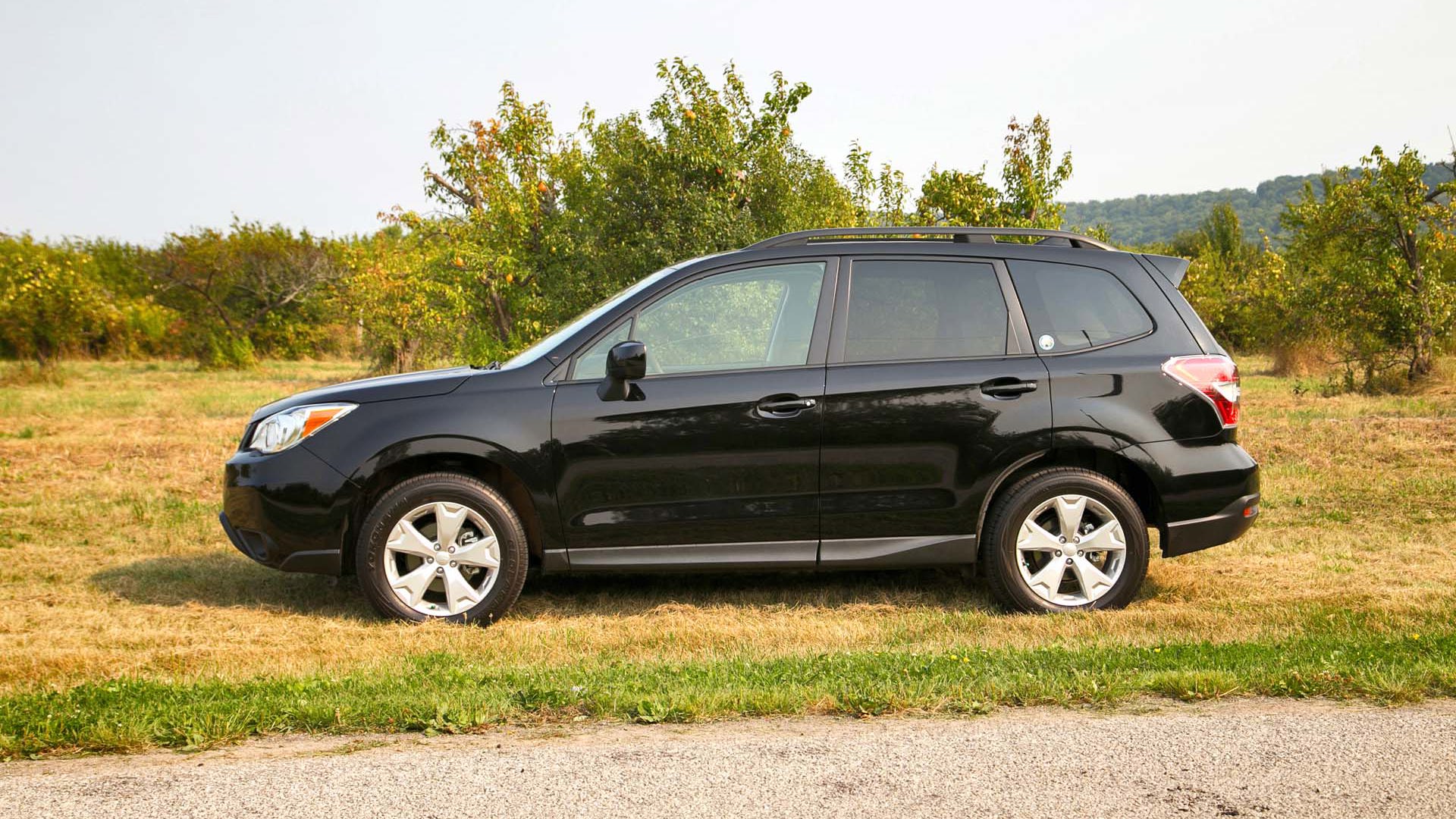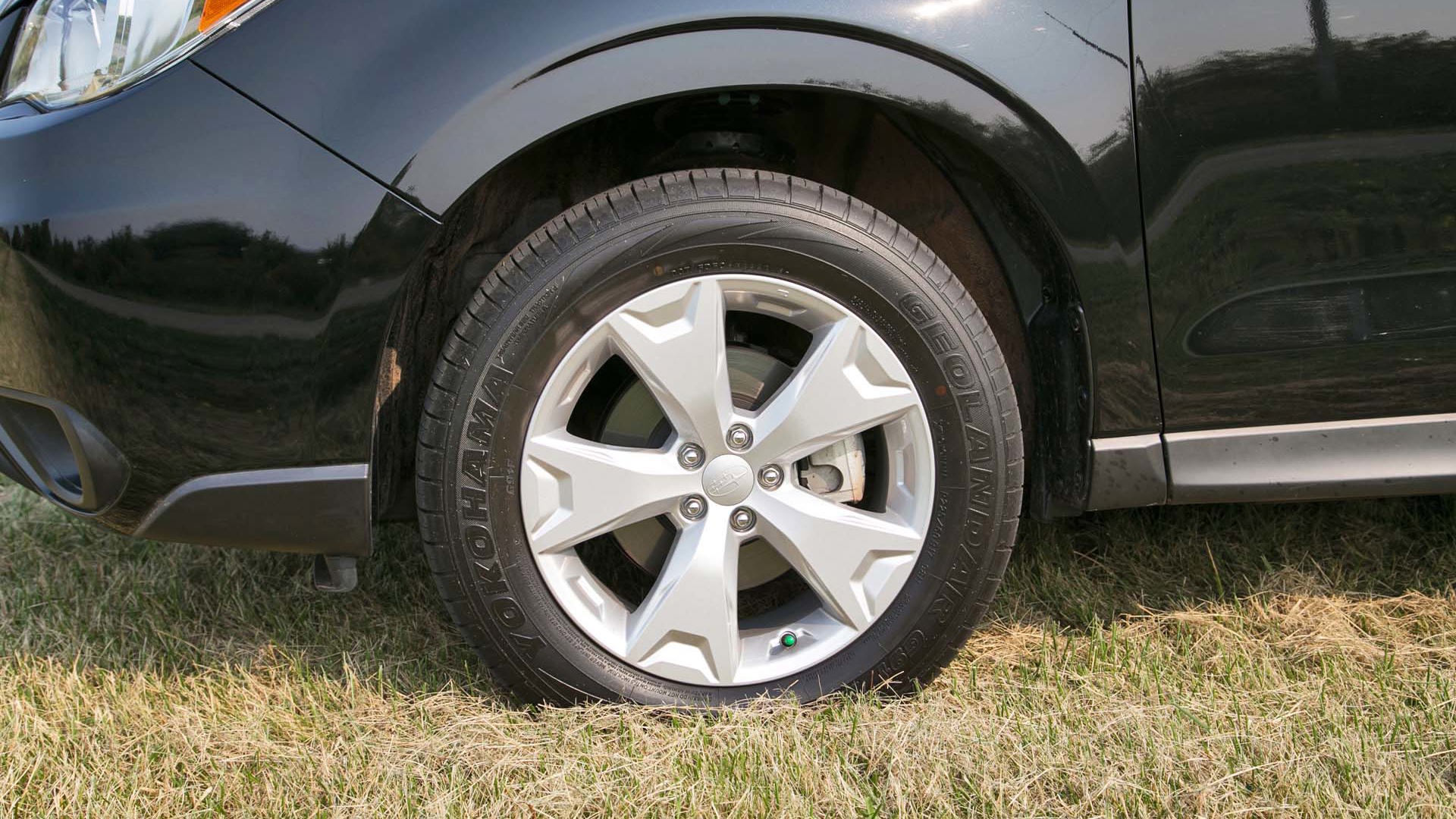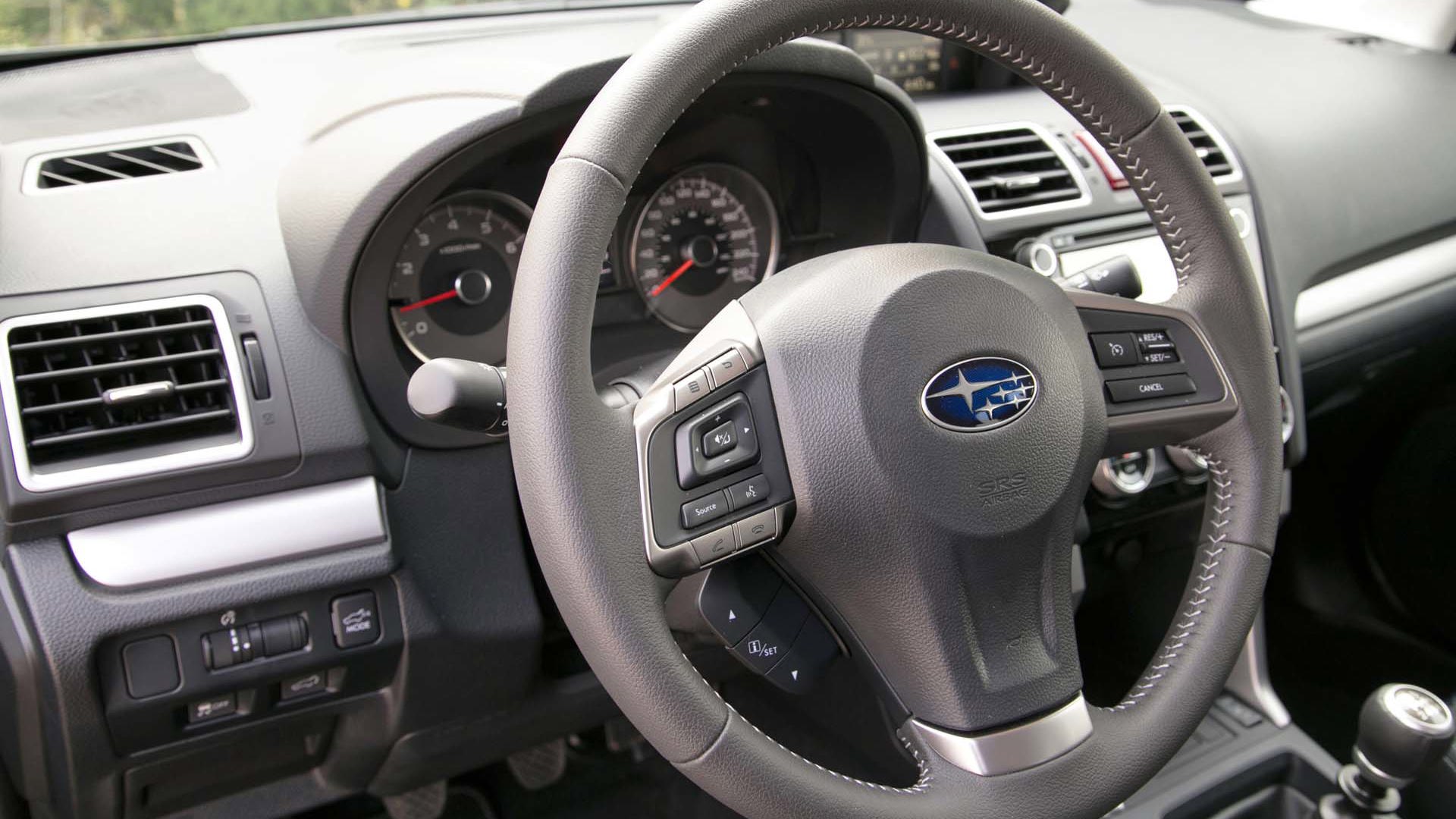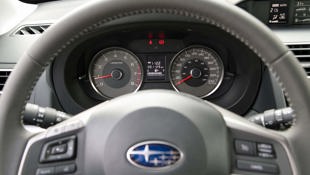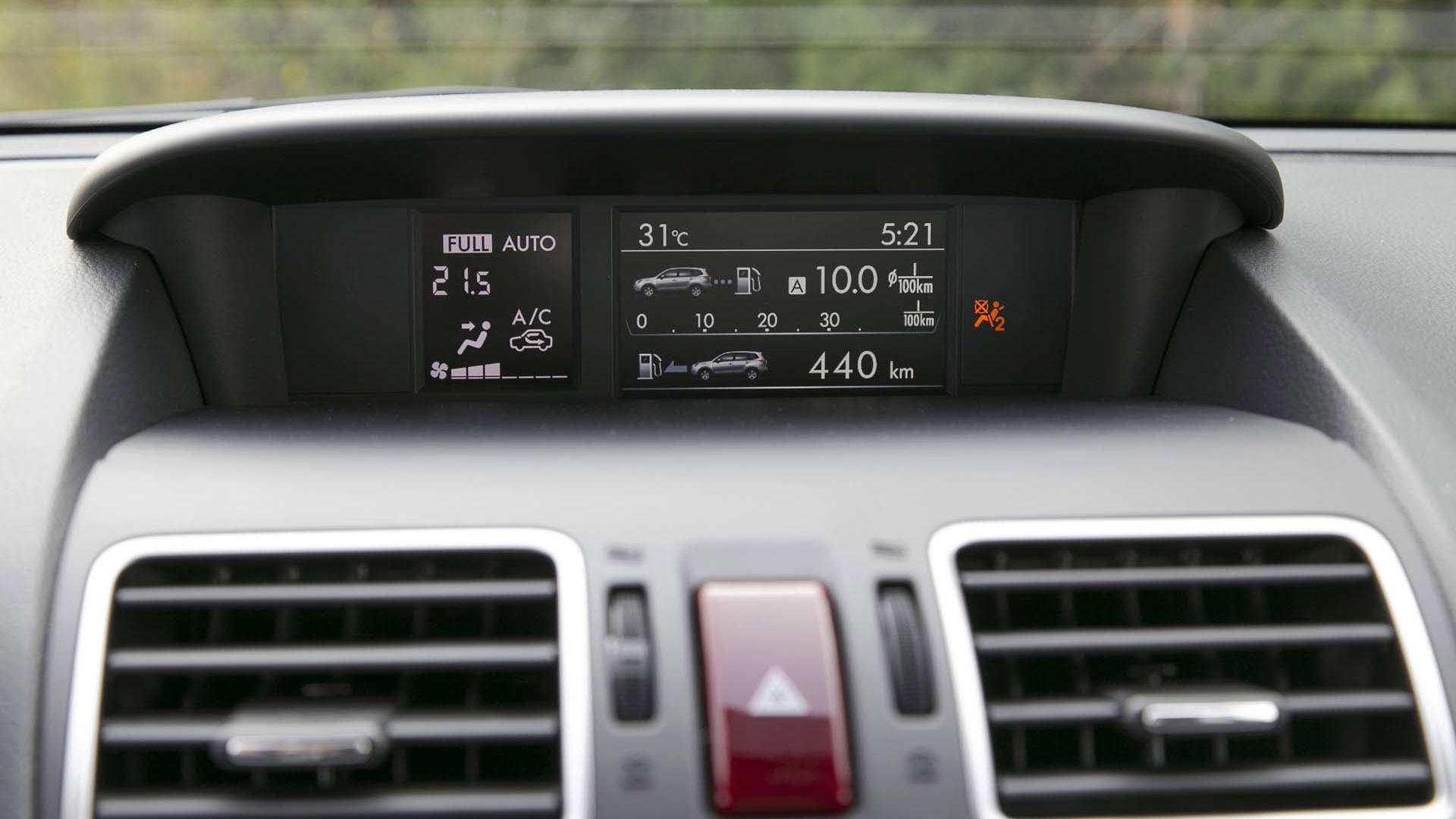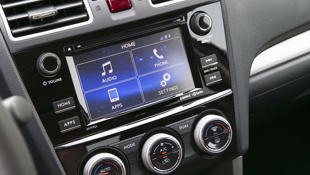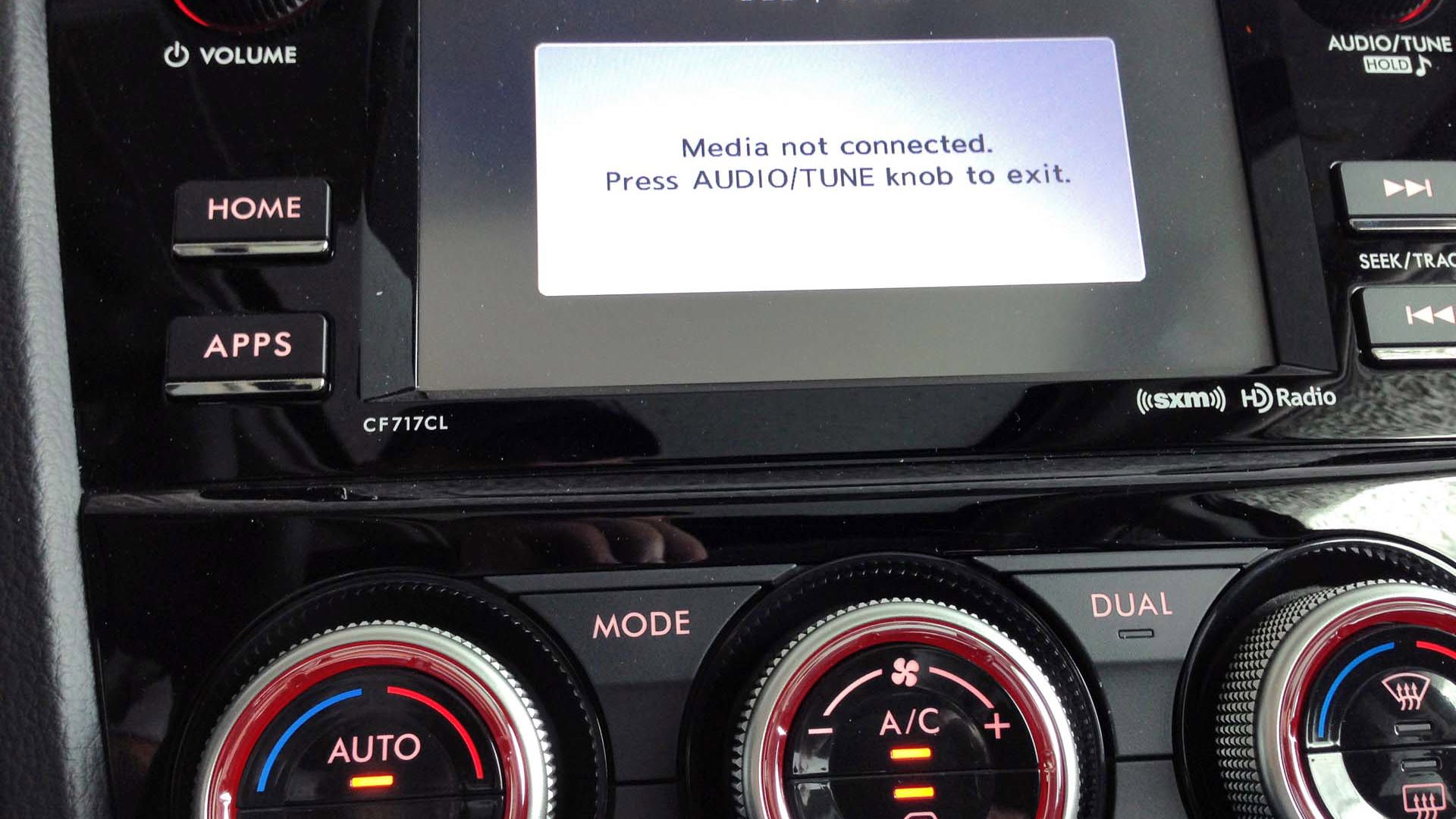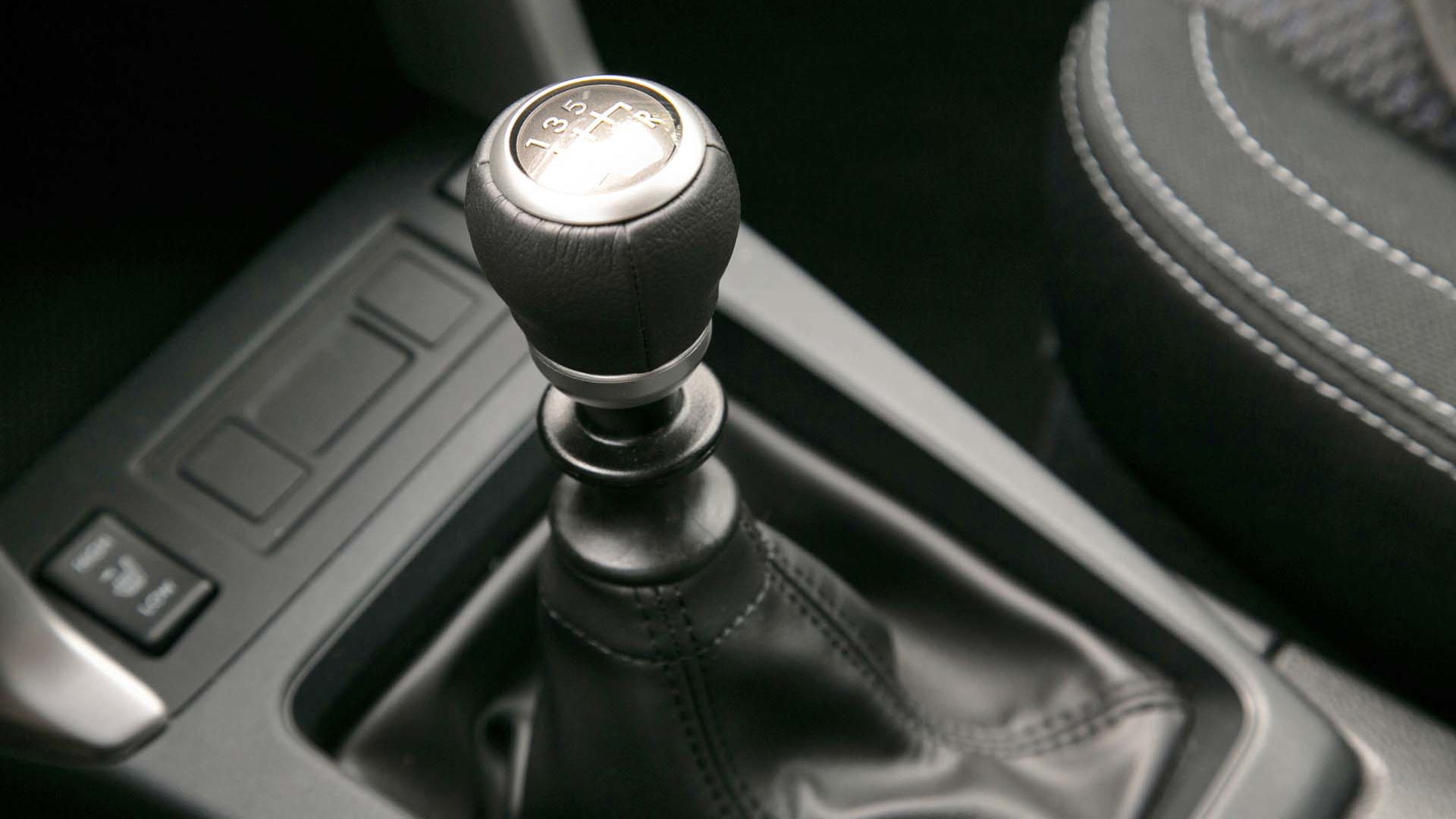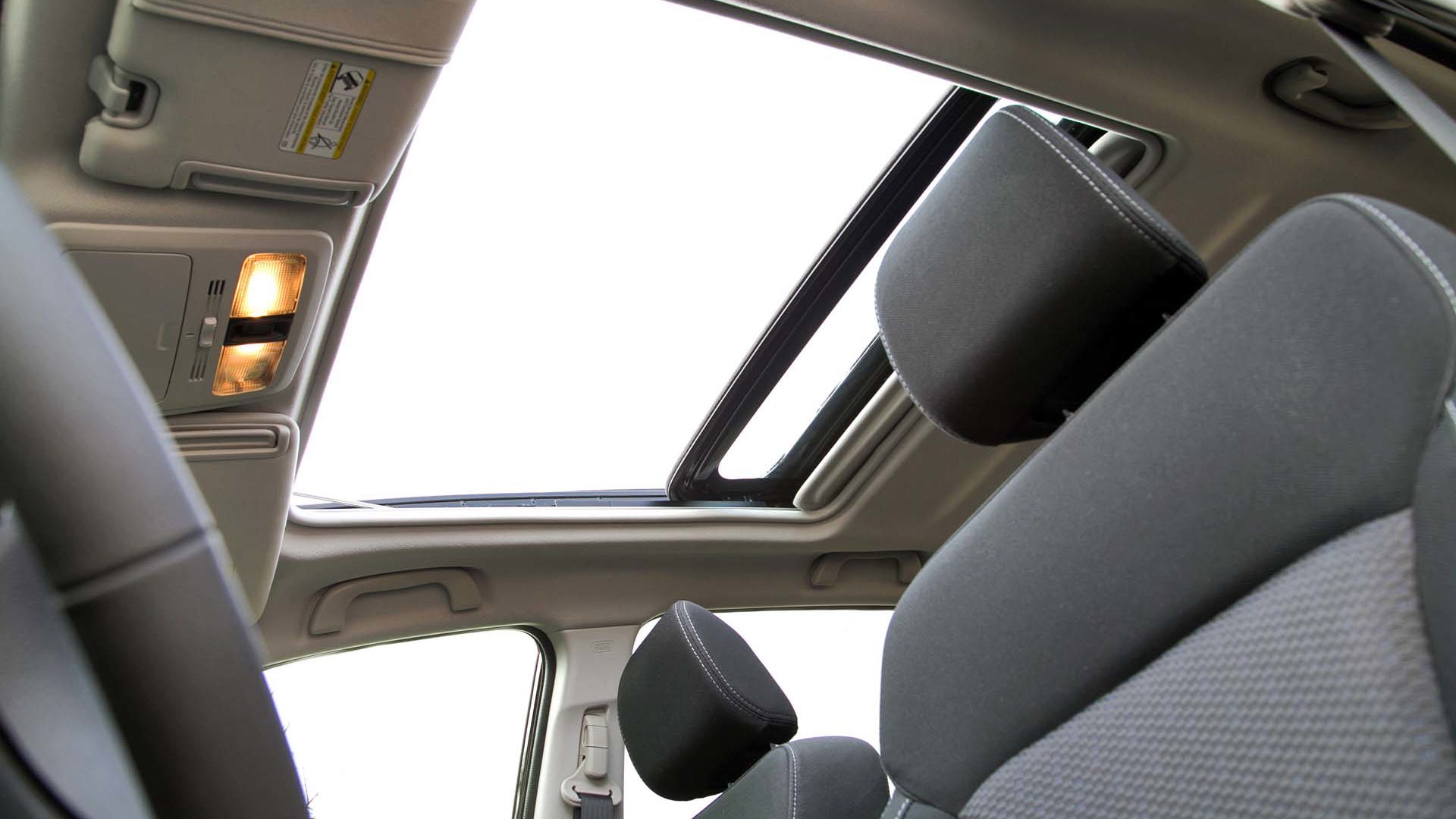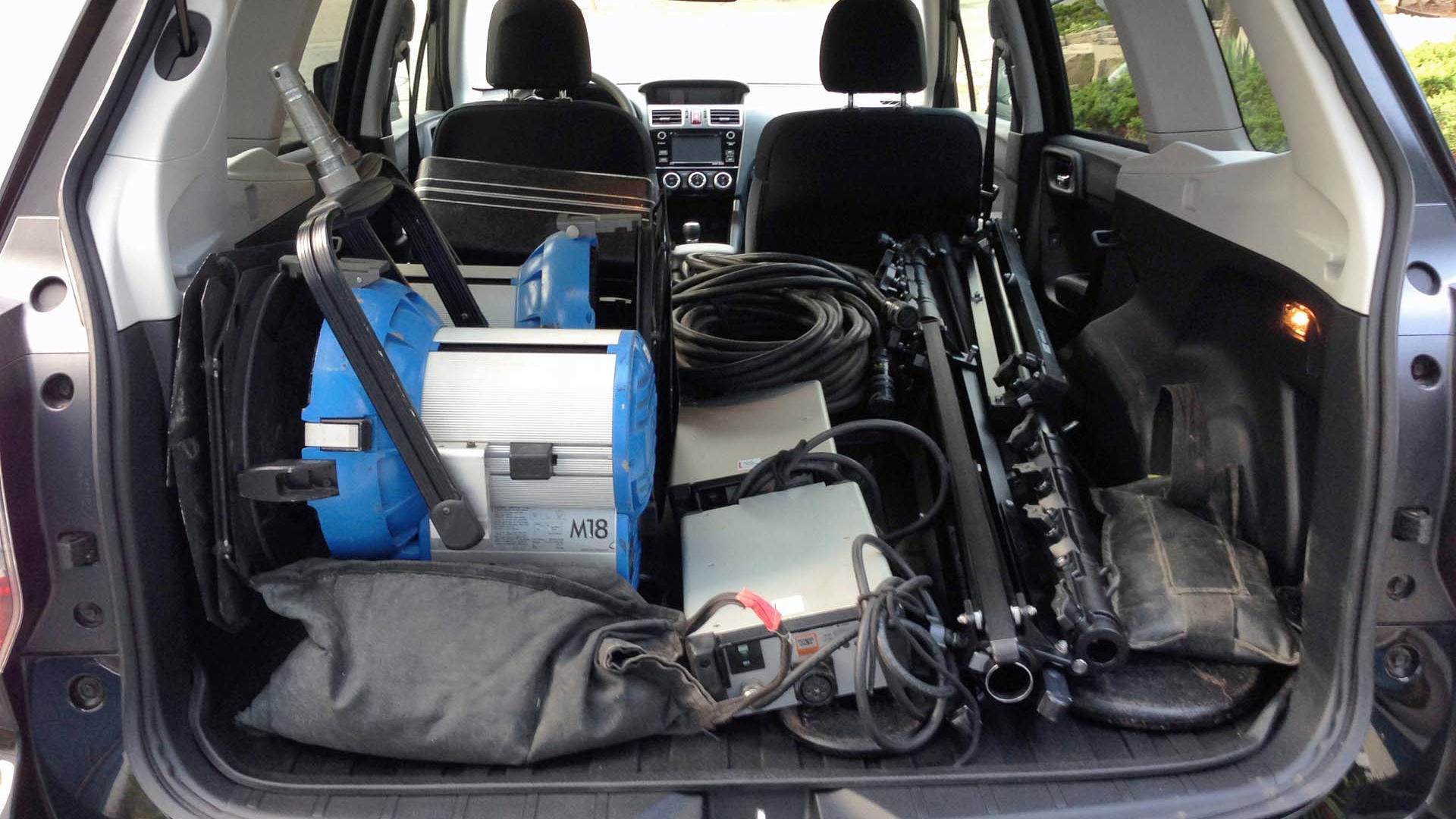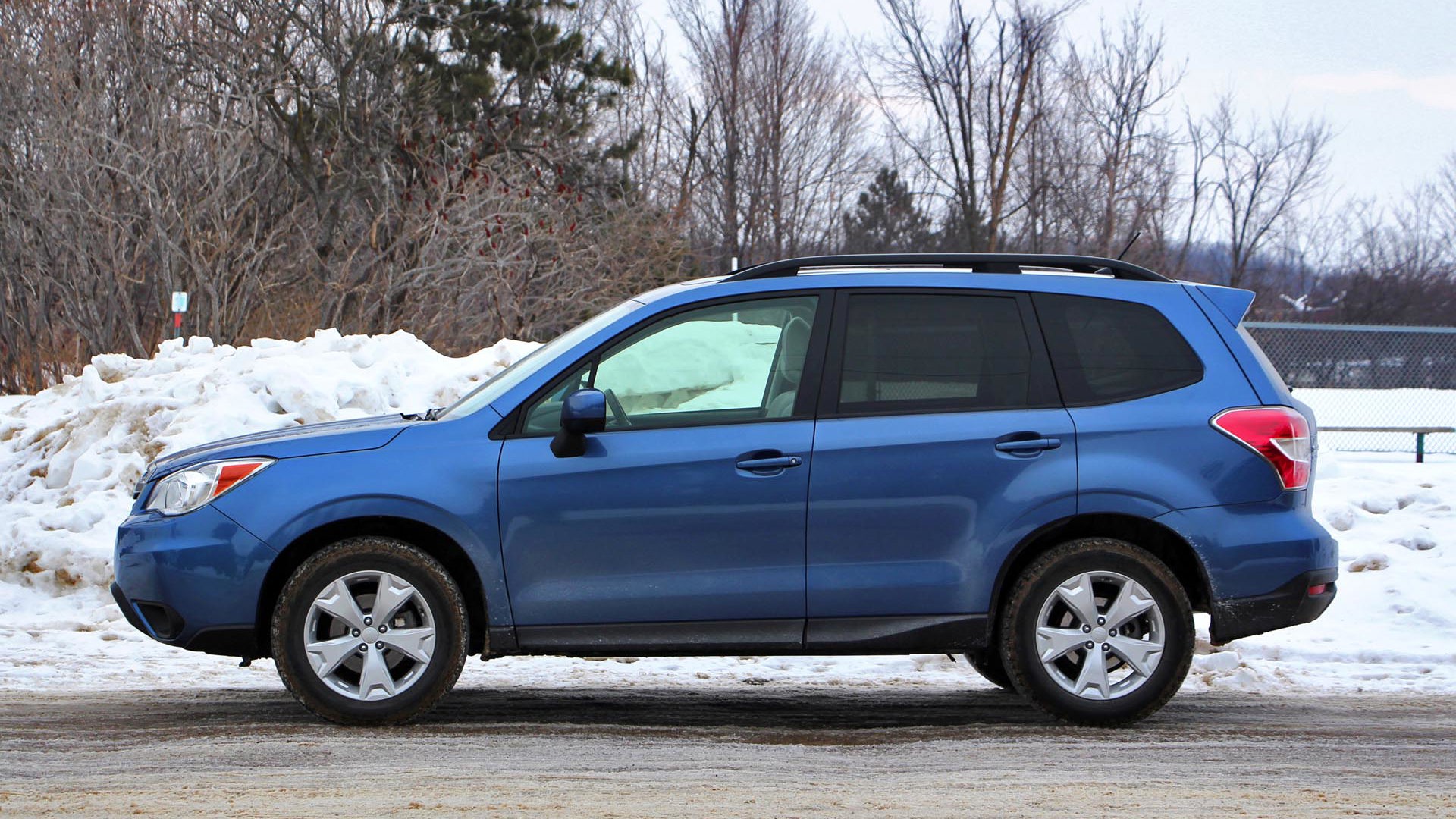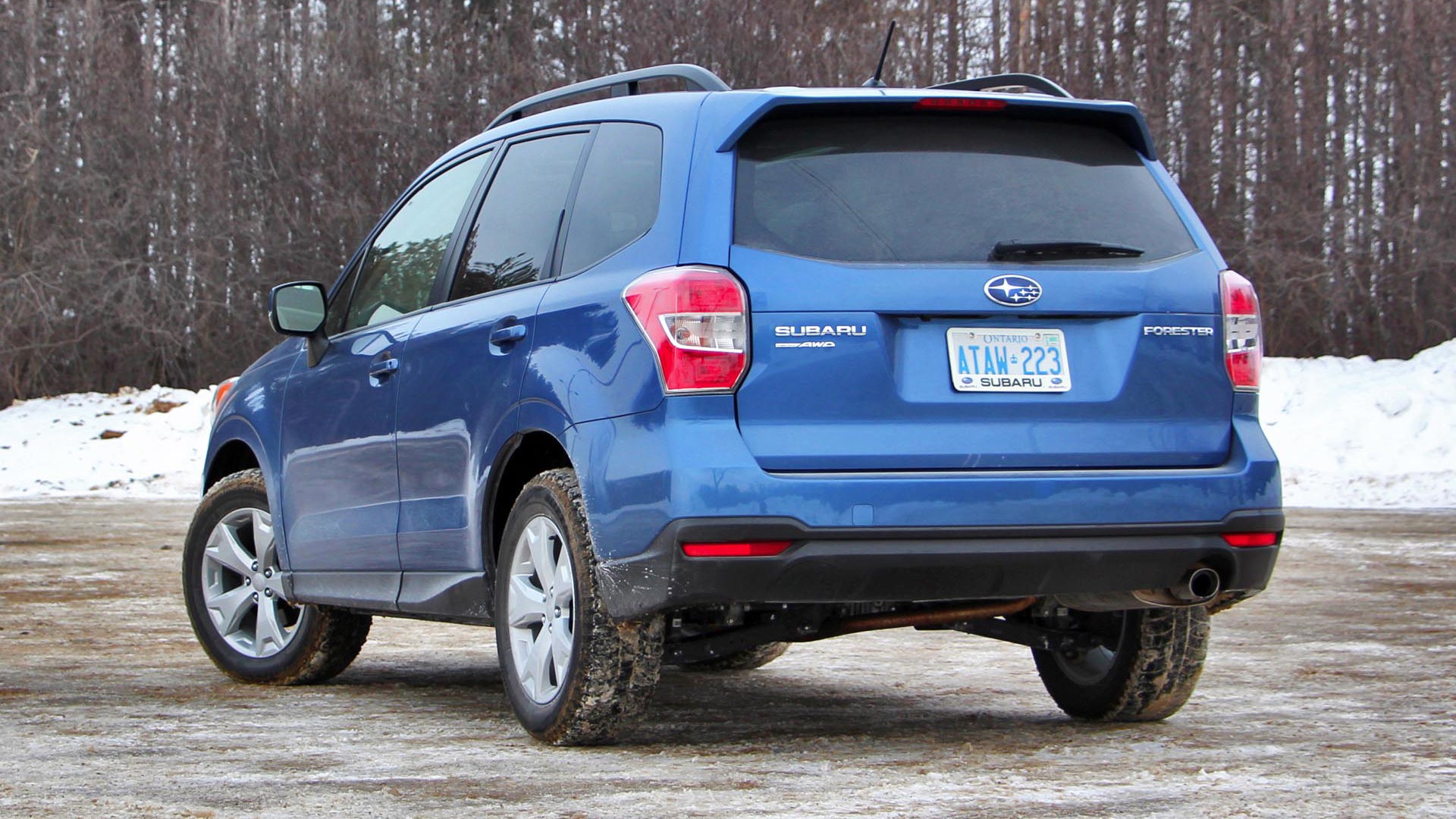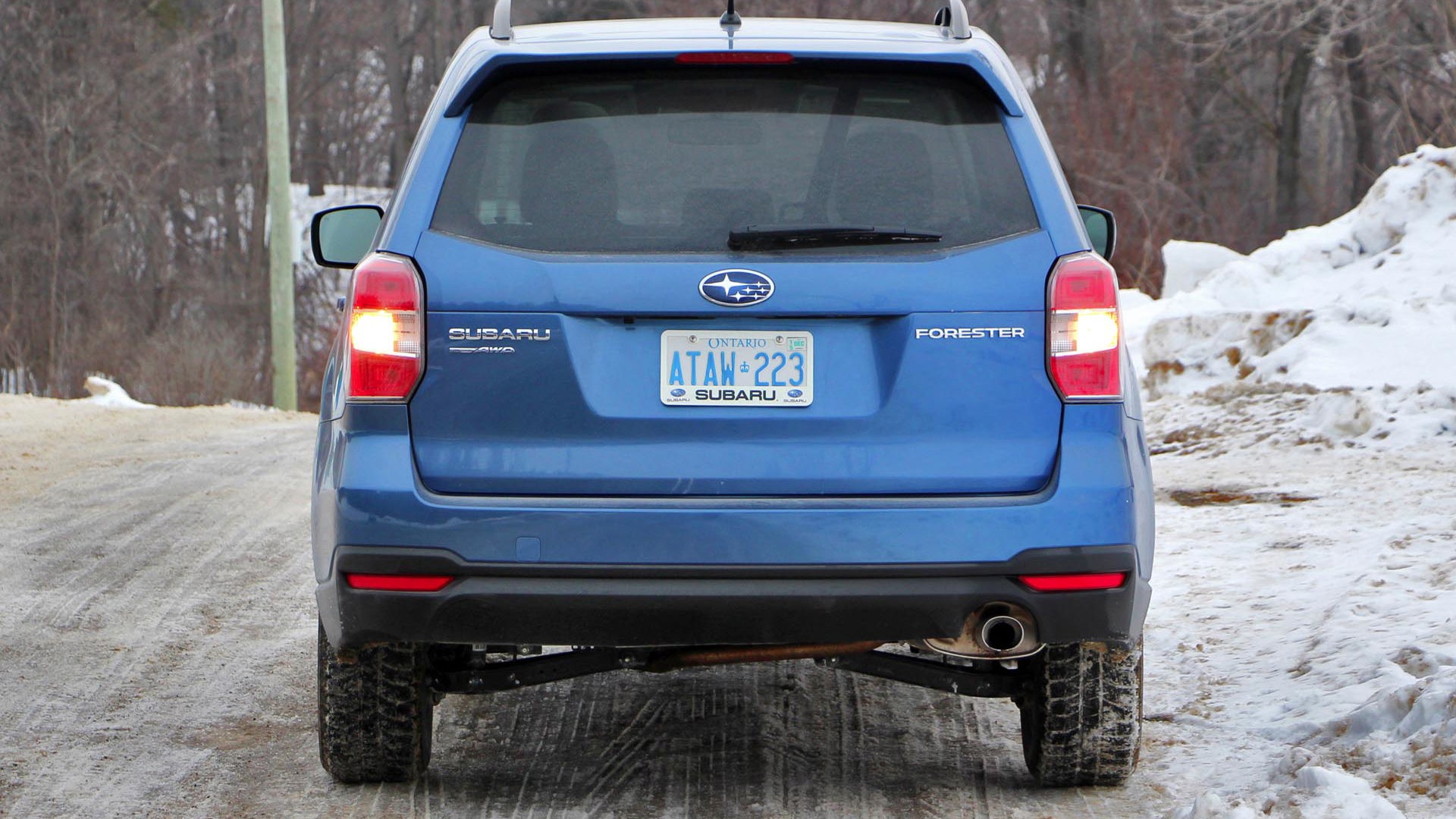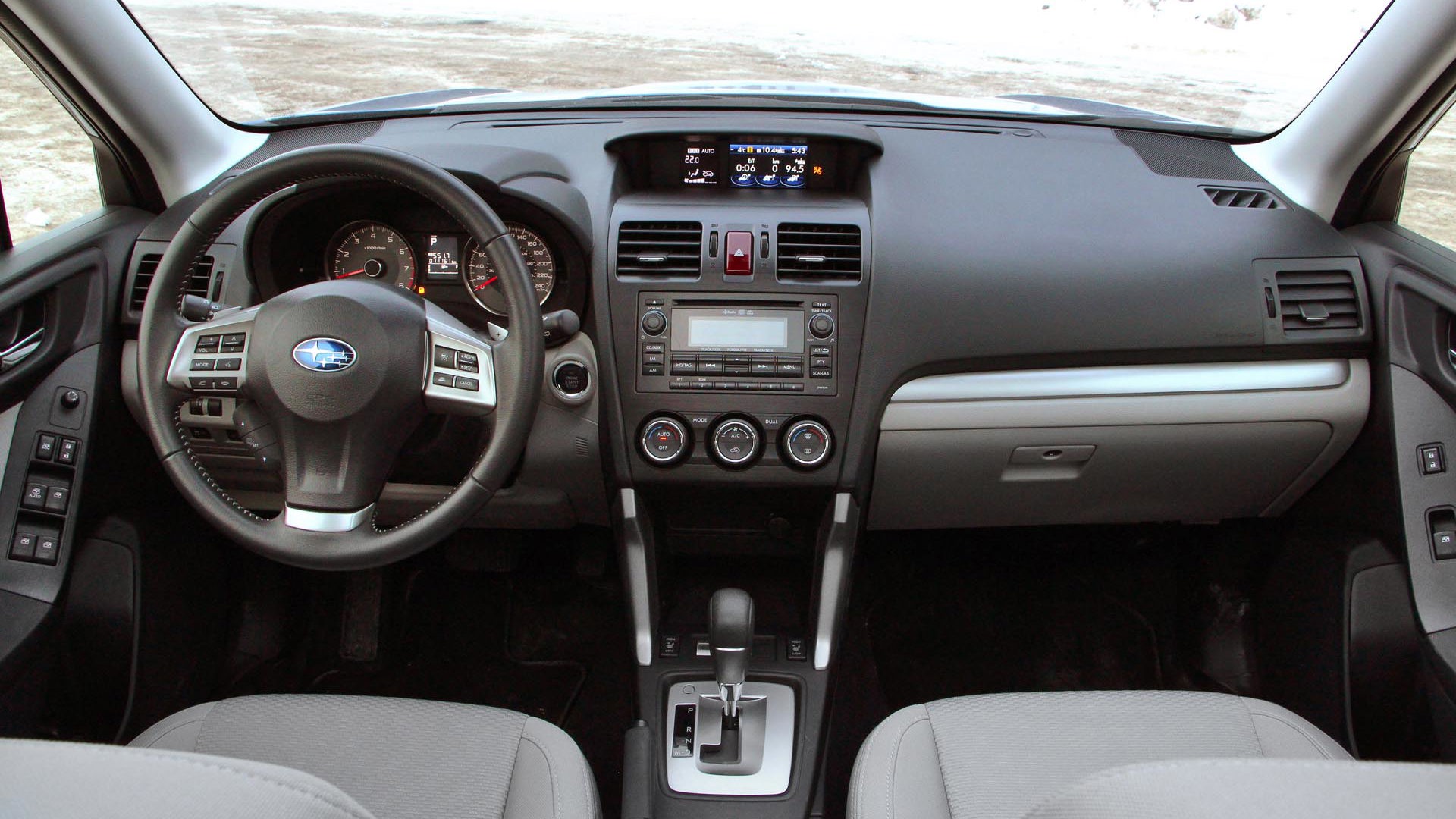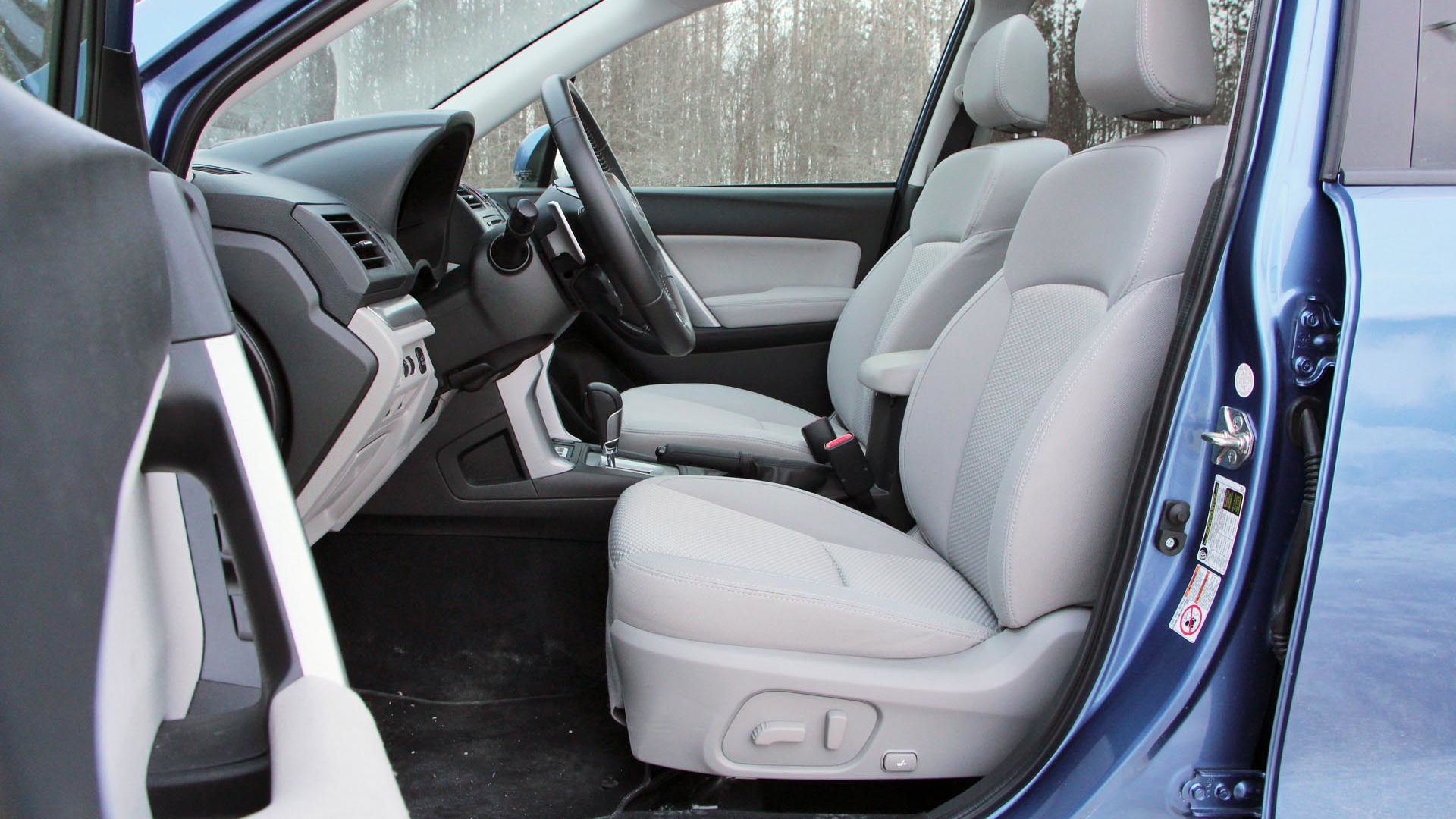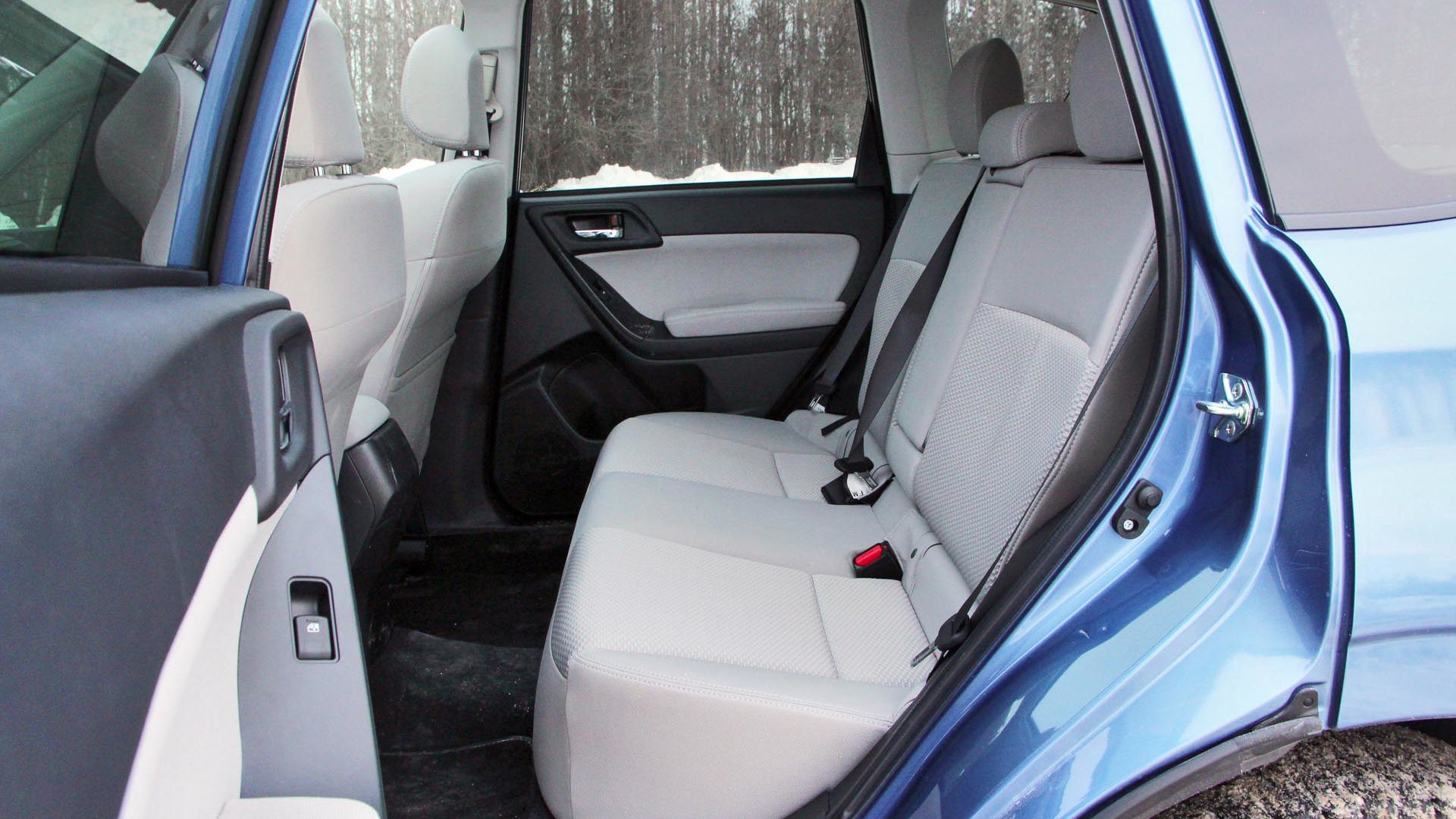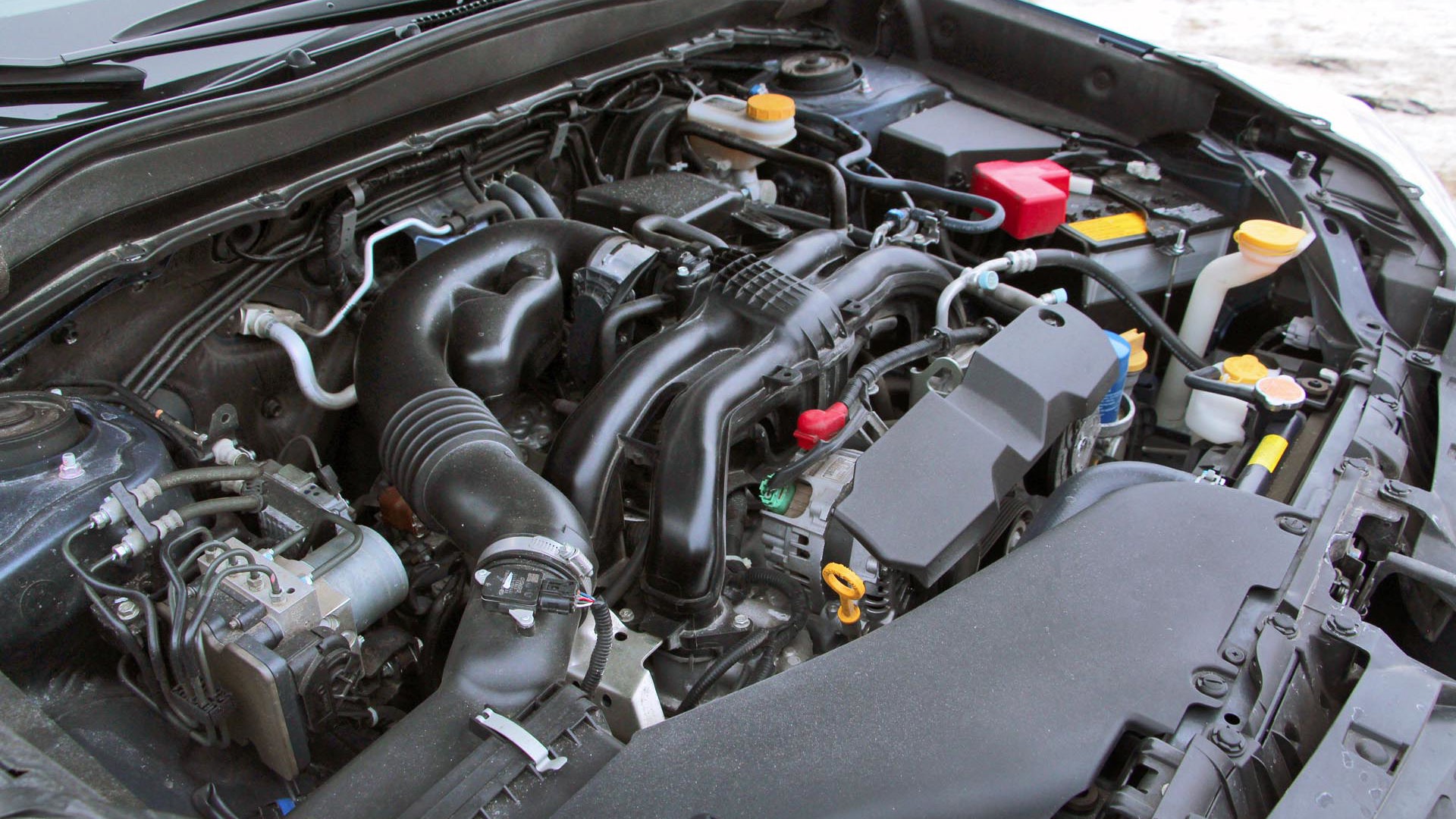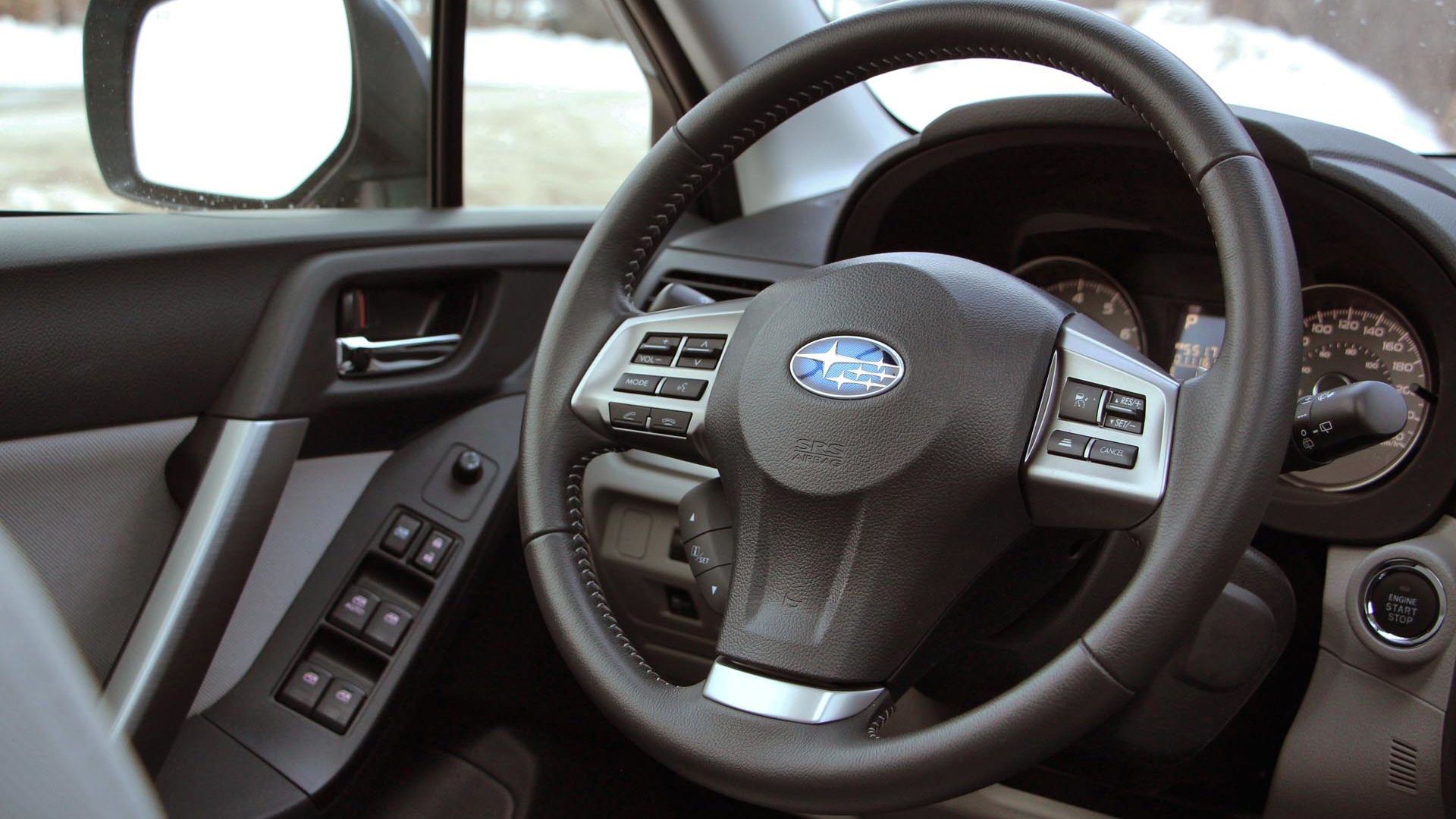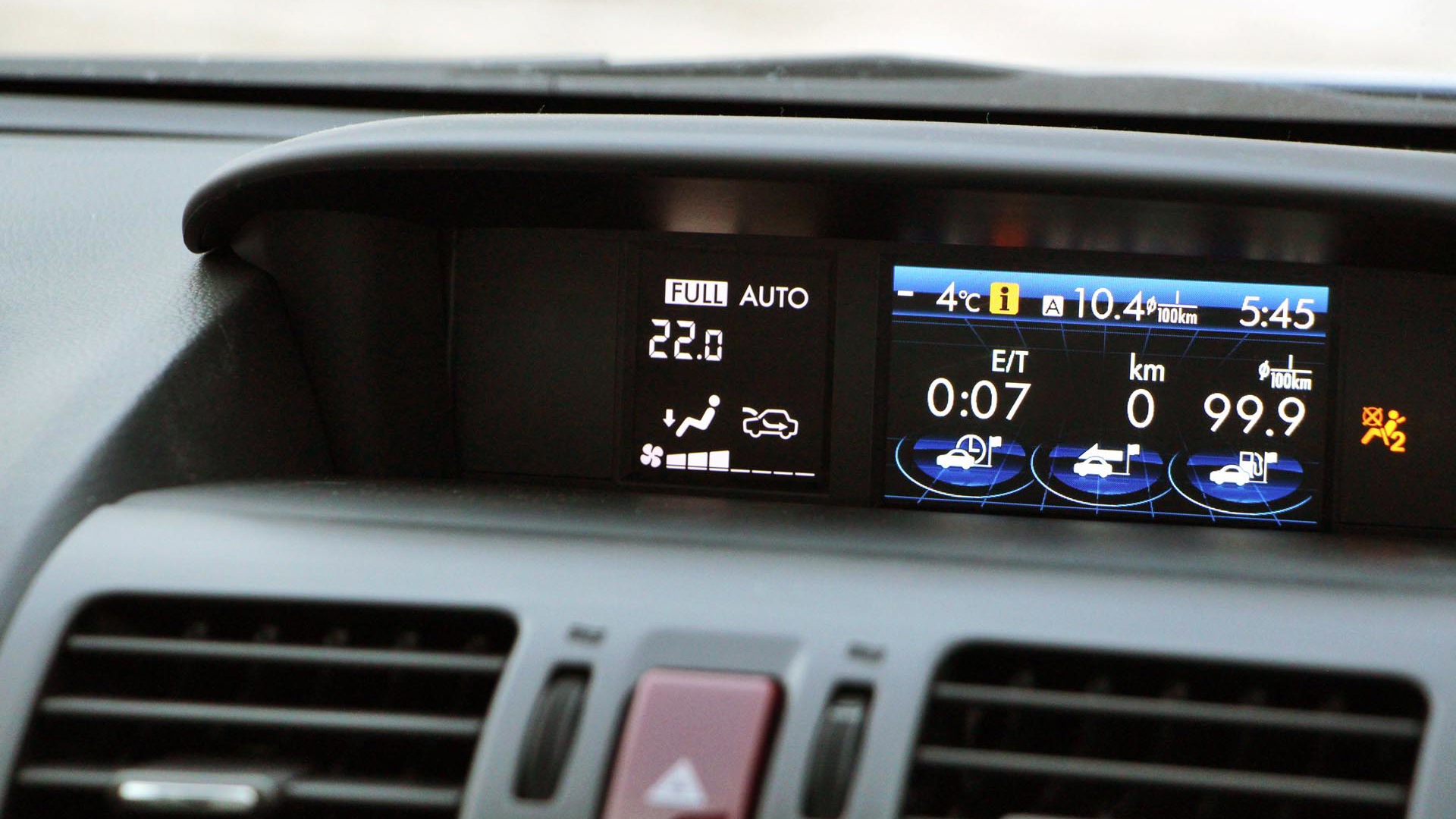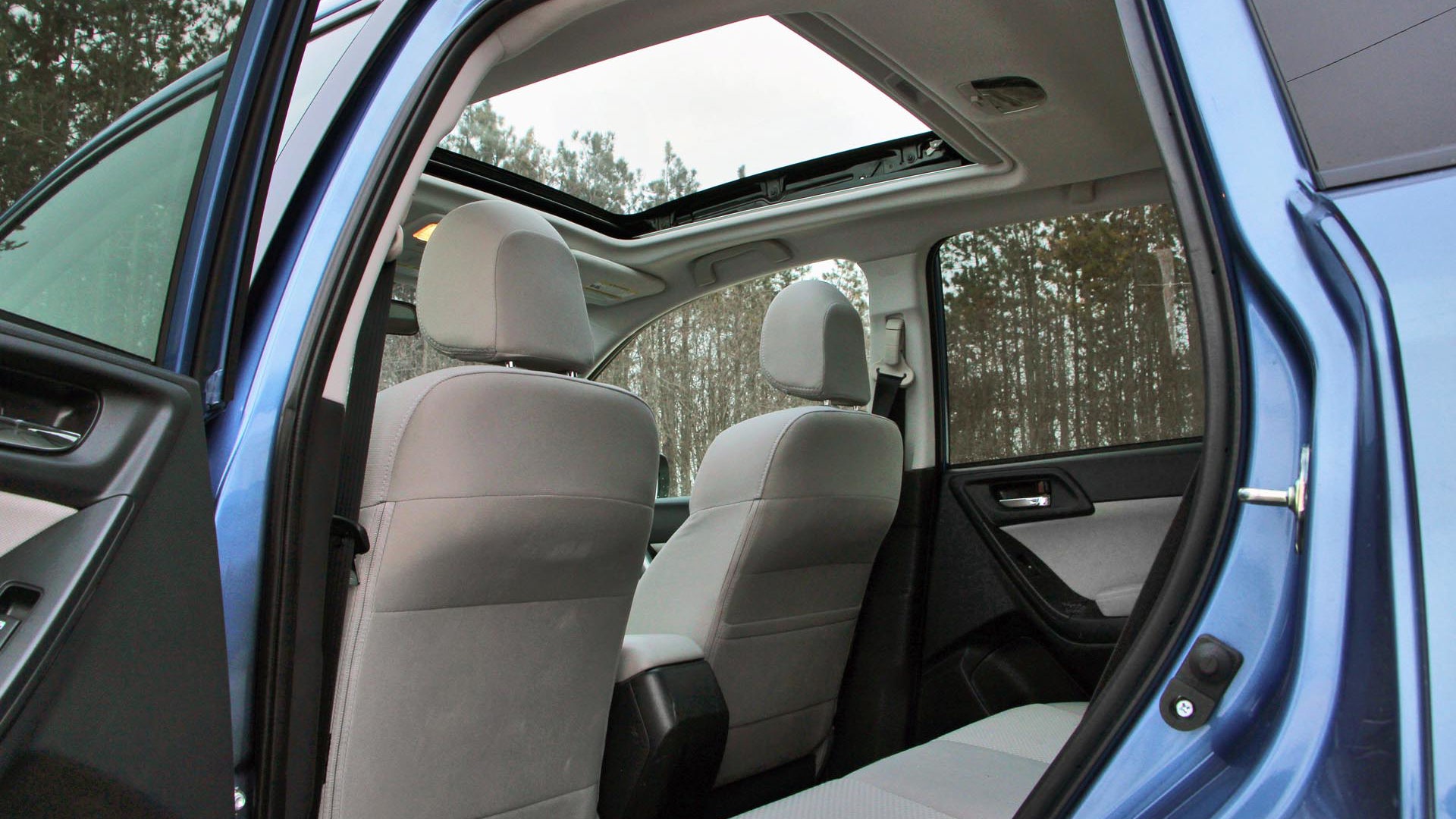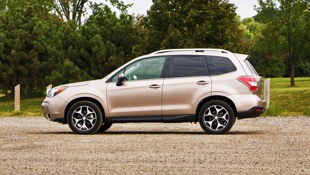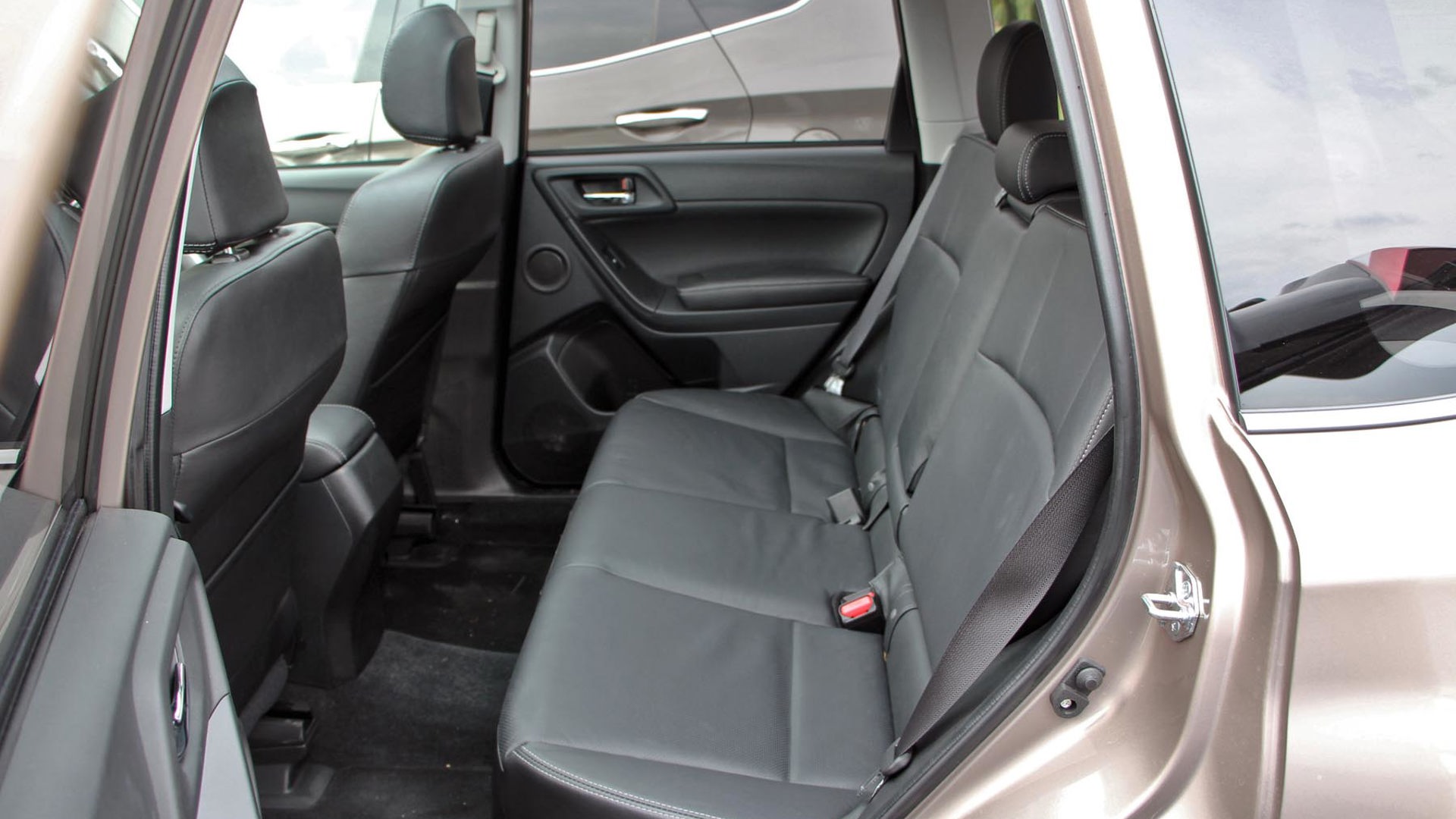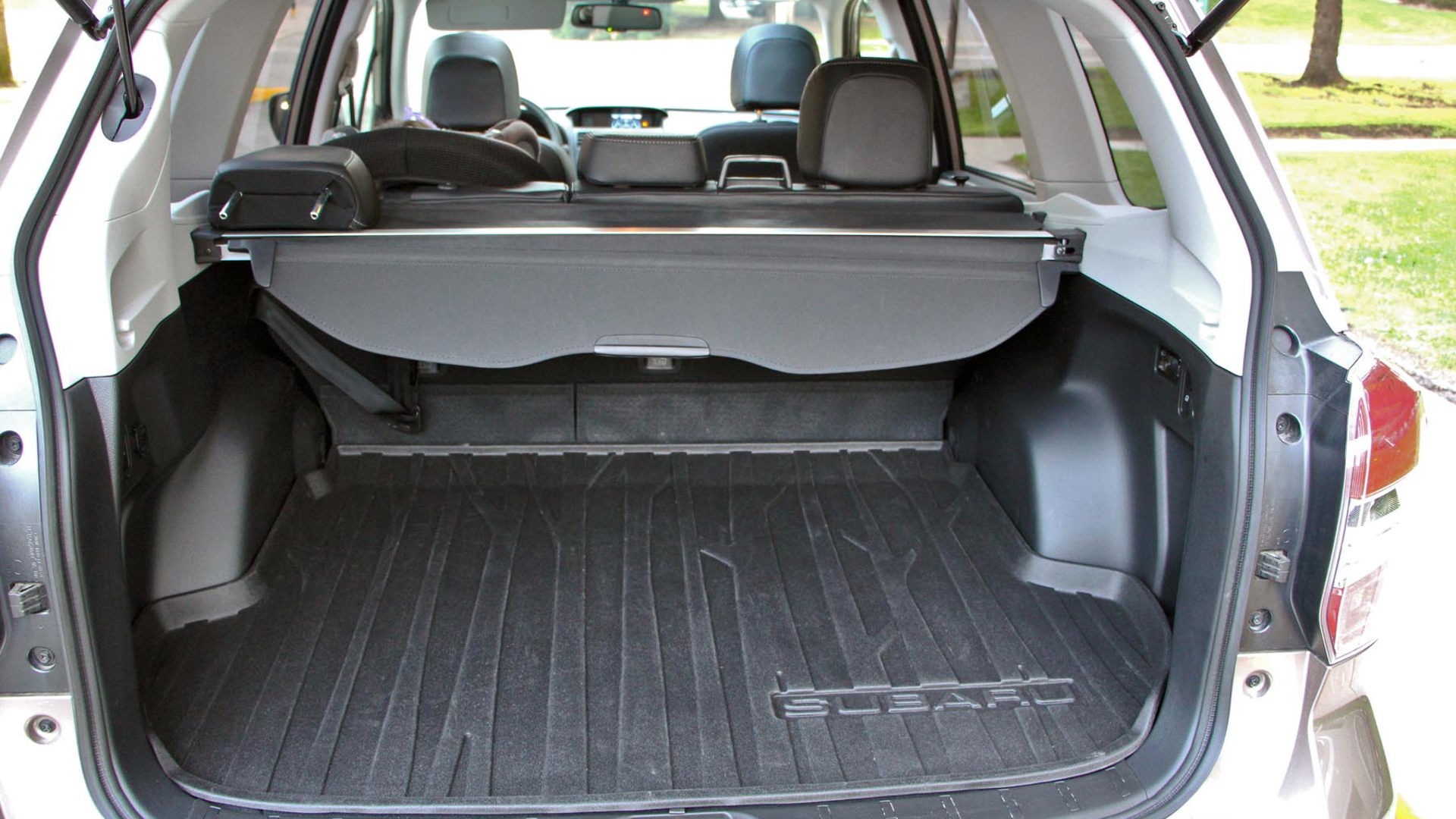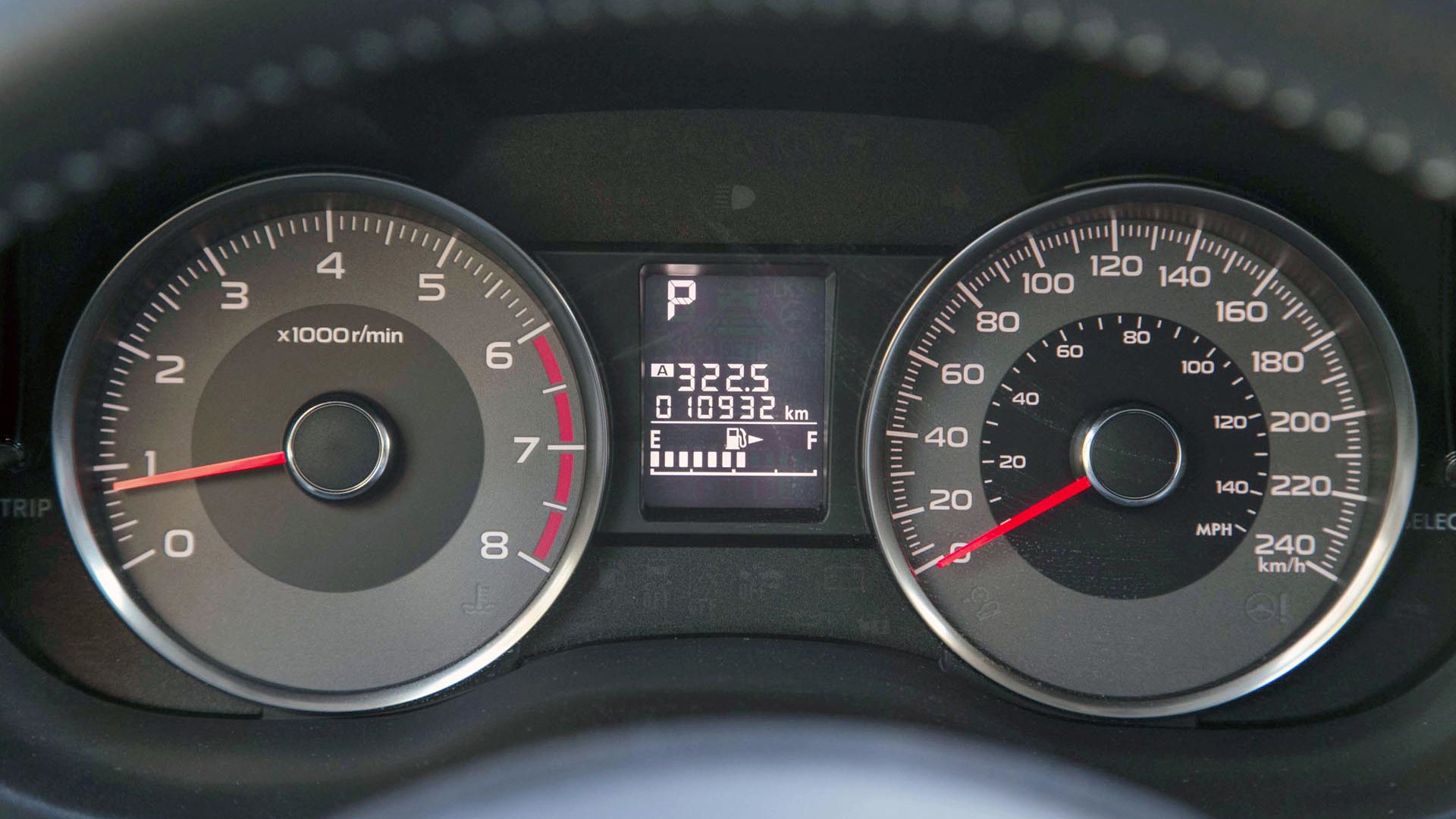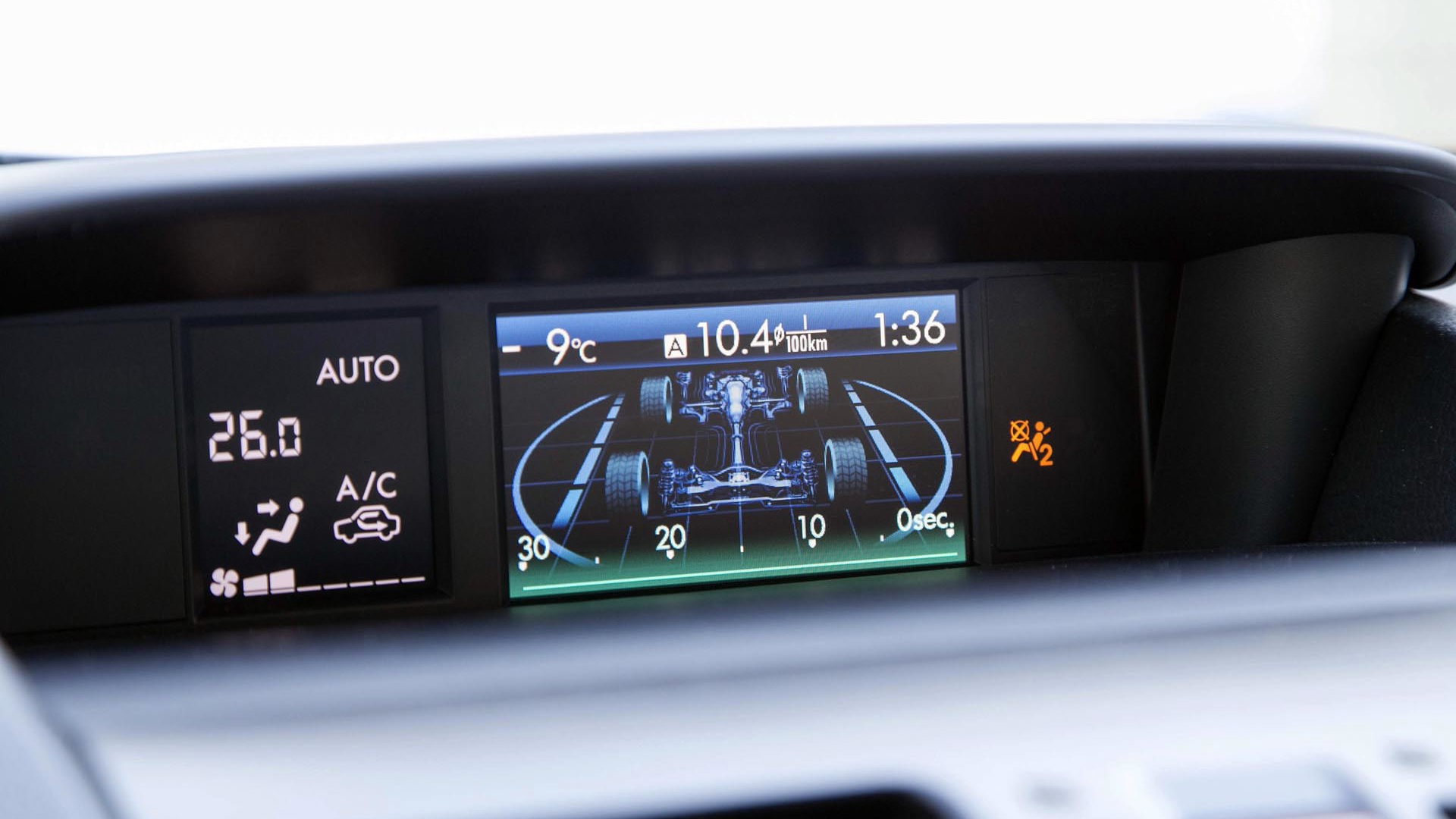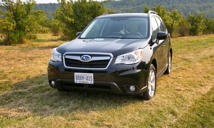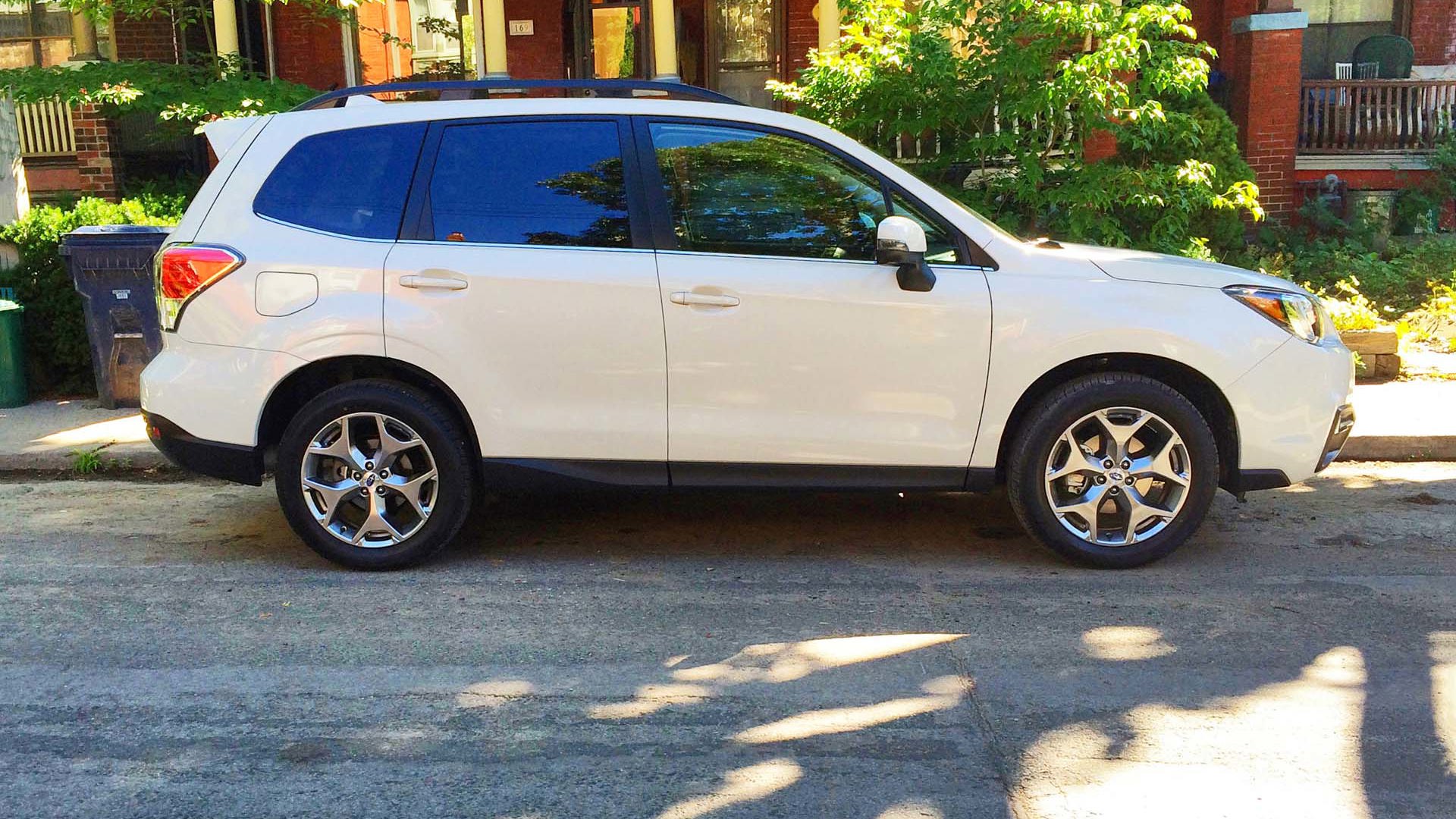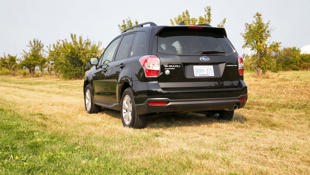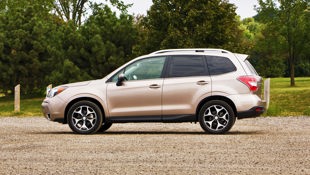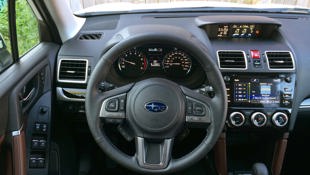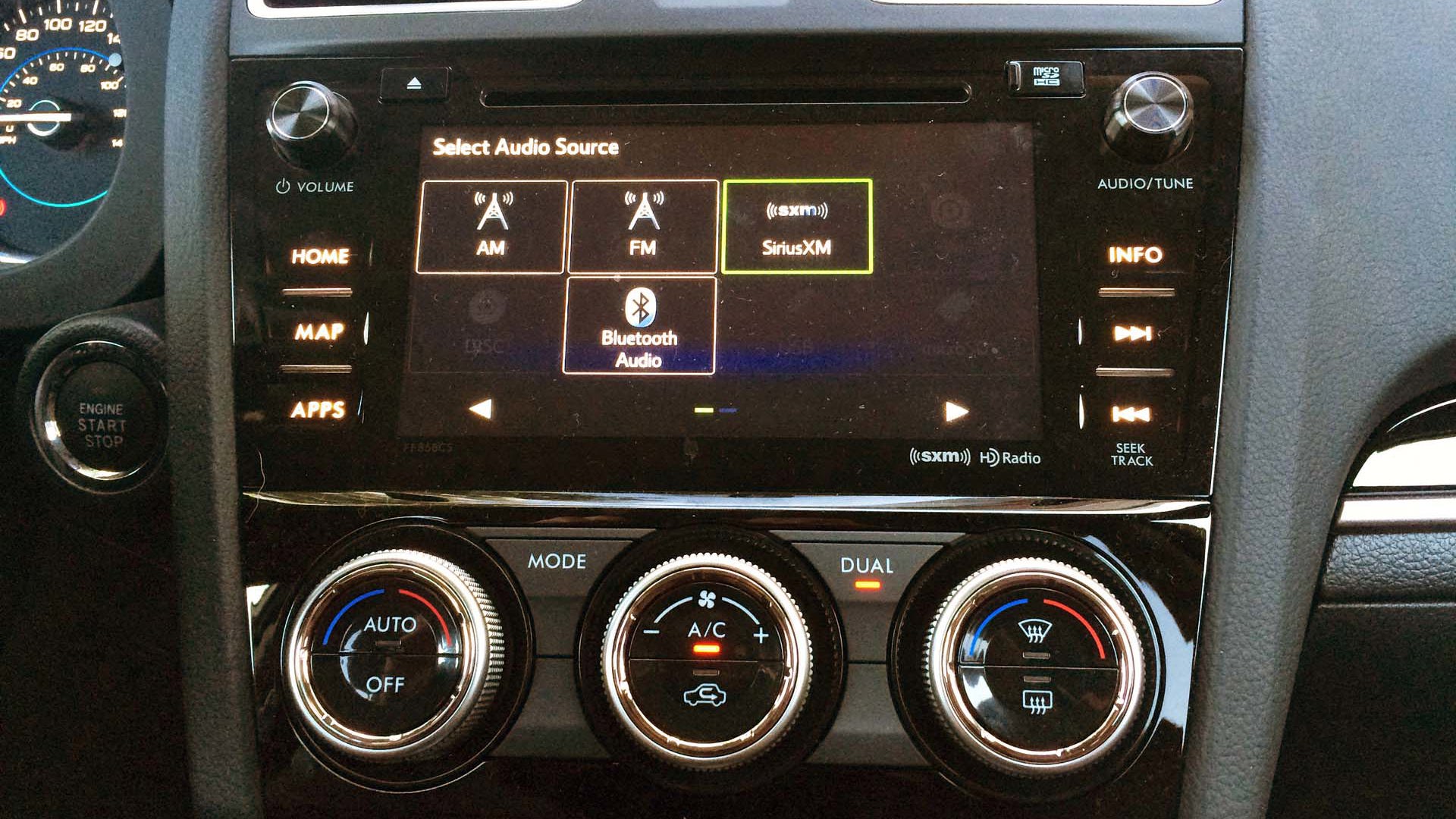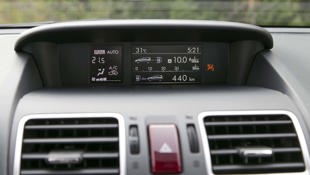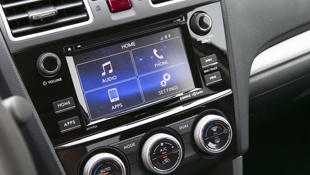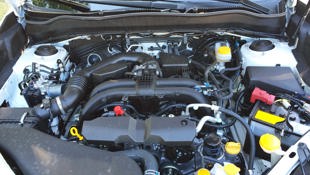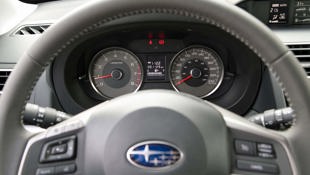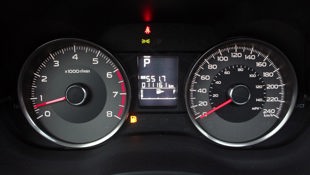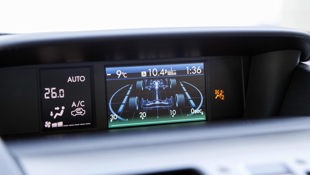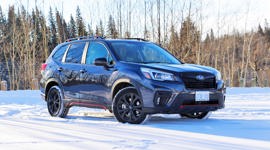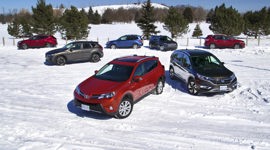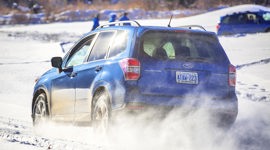Vehicle Type
Easy-to-use interfaces, plenty of space, a flexible cargo hold, and a confidence-inspiring dynamic in all seasons.
Crossover
History/Description
The currently available generation of Subaru Forester launched in early 2013 and has been on sale for a full five years.
Competing with models like the Honda CR-V, Toyota RAV4, Ford Escape, Mitsubishi Outlander, and many others, Forester appealed to the shopper after high resale values, top safety scores, top-notch AWD performance, and plenty of flexibility.
Numerous improvements make the 2014-onwards generation a worthy upgrade from an older Forester unit, including more rear-seat legroom, improved cargo space, enhanced refinement and comfort, and more. Subaru’s EyeSight safety system was available, as were upscale features like a sunroof, premium audio, push-button start, navigation, and more.
Engines
Standard Forester models from this generation run Subaru’s popular 2.5-litre, naturally aspirated four-cylinder with 170 horsepower. Optionally available in higher-grade models was a new 2.0-litre turbocharged four-cylinder good for 250 horsepower. Symmetrical AWD was standard across the board. Select models could be had with a six-speed manual transmission, though the majority of used Foresters from this generation ran the brand’s Lineartronic continuously variable transmission (CVT) which emulates a conventional automatic.
What Owners Like
The Forester is highly rated by owners who valued the possibility of driving a manual-equipped AWD crossover. Overall performance, mileage, comfort, and capability are appreciated. Many report numerous easy-to-use interfaces, plenty of space, a flexible cargo hold, and a confidence-inspiring dynamic in various conditions in all seasons. Most owners say Forester feels safe, solid, and sturdy in all situations. Great outward visibility helps round out the package.
What Owners Dislike
Complaints include a slight initial learning curve to some of the controls and systems, higher-than-expected road noise on some surfaces, a lack of polish to the operation of the CVT transmission at times, and a back-up camera screen that’s too small. Further, some shoppers skipped the Forester altogether if they tow frequently, thanks to a relatively low tow rating.
Here are a few owner reviews.
Pro Tip
Many used Foresters from this generation will still be covered by some portion of the factory warranty – but you’ll want to make sure that said warranty is still fully intact. Sometimes, something a past owner did (or didn’t do) can compromise warranty coverage. As a shopper, be sure to seek out a model with complete servicing records indicating that all maintenance and upkeep has been carried out, and avoid a model that’s ever been modified with non-factory parts, for maximum peace of mind.
Here’s Your Test Drive To-Do List
Check Transmission Servicing Requirements
A good idea in any used vehicle with a CVT style transmission is to confirm that the transmission has been properly maintained throughout its life, to familiarize yourself with the servicing requirements of that transmission, and to plan to stick to them religiously. Check the service schedule in the owner’s manual, noting that most Canadian drivers should follow the “severe” service schedule.
Cross-reference the transmission’s fluid-change requirements under the severe schedule, confirming that no fluid changes have been missed, and that one isn’t currently due.
Further, ensure all fluid changes have only taken place at a Subaru dealer, for maximum peace of mind. Note that many reported issues with CVT transmissions, across numerous brands and models, actually stem from owner failure to properly follow maintenance procedures.
The 2.0 Turbo Engine
Forester’s available high-output engine is both turbocharged and direct-injected – which has a few implications for used shoppers. First, note that for full performance and maximum fuel efficiency, it’s best to run high-octane (premium) fuel through this engine, though it’s not required. (Using regular grade fuel can decrease fuel economy and performance, sometimes drastically).
As with any direct-injected engine, be sure to familiarize yourself with the spark-plug change intervals, and have the plugs change a few thousand kilometres early, to help fend off potential issues with valve-gunk as the engine ages. Using Top Tier gasoline from a reputable fuel station at all times, and completing all oil and spark plug changes ahead of schedule, is highly advised for maximum long-term health from a turbocharged, direct-injected engine.
Hard Starting
If the Forester you’re considering has trouble starting quickly, perhaps taking a few seconds to achieve ignition after cranking or failing to start on the first attempt, one of two problems is likely. First, some owners suggest that the factory-installed battery has a relatively short lifespan and could become weak or near-death after just a year or two. Check available warranty coverage on the battery against the age and mileage of the Forester you’re considering to see if a replacement may be covered. Second, some owners have had software updates applied by a dealer to help correct hard-starting issues. Here’s some more reading.
Test Drive with Your Ears
Spend a good portion of your test drive with the radio and climate-control fan off, listening for unwanted sounds from beneath the Forester as you drive. Clunking or popping noises while steering at lower speeds or travelling over bumps, or a droning, humming, or roaring sound, possibly accompanied by a vibration, could indicate a problem with the driveline, steering, or suspension, which will need further investigation. Be sure you visit the roughest road possible to coax any unwanted noises from beneath the model you’re considering.
Interior Lighting and Radio
Check all of Forester’s on-board electronics for proper operation and confirm that instrument cluster and dashboard backlighting are in working order. This may be difficult to assess during the daytime, so look closely. You’ll also want to confirm that the radio screen, or touchscreen interface, is fully functional. If not, the culprit may be a blown fuse, or fuses, possibly caused by plugging a high-draw device (like an air compressor) into the on-board 12-volt outlet. Here’s some more reading.
Oil Consumption
Some Subaru models from this generation may exhibit excessive oil consumption – and earlier copies of the Forester from this generation were named in a wide recall that saw dealers replacing engine parts, or entire engines. The issue stems from one or more mis-manufactured components in the engine that could allow excessive amounts of engine oil to burn off within the combustion chambers. Here’s some more reading.
It’s unclear how common an issue this was, and how many units were affected – though shoppers are advised to opt for a 2016 or newer Forester, if they’re set on the non-turbocharged engine, for maximum peace of mind. This issue didn’t seem to affect models with the 2.0-litre turbocharged engine, and factory revisions seem to have addressed oil consumption with the 2.5-litre engine from 2015 and onwards.
If you wind up with a 2014 or 2015 model with the 2.5-litre engine, monitor oil levels weekly, and report any concerns to a dealer service department for documentation immediately, as this can help speed future warranty claims.
Other Useful Checks
Full Undercarriage Inspection
Especially on a higher-mileage unit, a full on-the-hoist inspection by a Subaru technician is well worth your investment of, perhaps, $120, ahead of your purchase. Sellers may be able to meet you at a local dealer or may allow you to bring the vehicle in for said inspection yourself, which will likely need to be pre-arranged. Many car lots can have a vehicle taken to a nearby dealer by their own staff for an inspection like this, upon request.
In moments, a technician can check for leaks, excessive rust, and excessive wear of the Forester’s various hard-to-see parts, including brake lines, differentials, exhaust system, fuel lines, brake system parts, and axle seals. Ask the technician to fully assess the condition of the suspension and steering systems, as well as the condition of the wheel-bearings for any sign of trouble, too.
A Full Computer Scan
A Subaru technician can, in moments, run an electronics system diagnostic scan on the used Forester you’re considering – which can reveal potentially concealed problems with the driveline, engine control electronics, emissions systems, safety systems, and more. Consider having a full scan like this, whether or not a Check Engine light or other warning is illuminated.
Confirm Climate Control Performance
Run the Forester’s climate control system through its paces, selecting various temperatures and air distribution settings to confirm proper operation. Some owners wish for better performance from the heater and air conditioner, though reduced system performance often stems from owner failure to change the cabin air filter regularly. This filter requires regular replacement, and failing to replace it can dramatically slash the performance of the Forester’s climate control system.
Check on Recall Work
Here’s a short list of recalls to check up on; ensure any outstanding work is carried out.
The Verdict
Largely, Forester seems to be a reliable pick in a used crossover, and even more so when owners opt for a model with the 2.0-litre turbo engine, or a 2016 or newer unit with the 2.5-litre engine, as protection from potential oil consumption issues. Most of Forester’s commonly reported issues don’t seem alarmingly widespread, and should be easy to detect on a test drive. Still, a full pre-purchase inspection by a dealer is ideal for maximum peace of mind.
Crash Test Ratings
IIHS: Top Safety Pick+
NHTSA: 5/5 Stars
